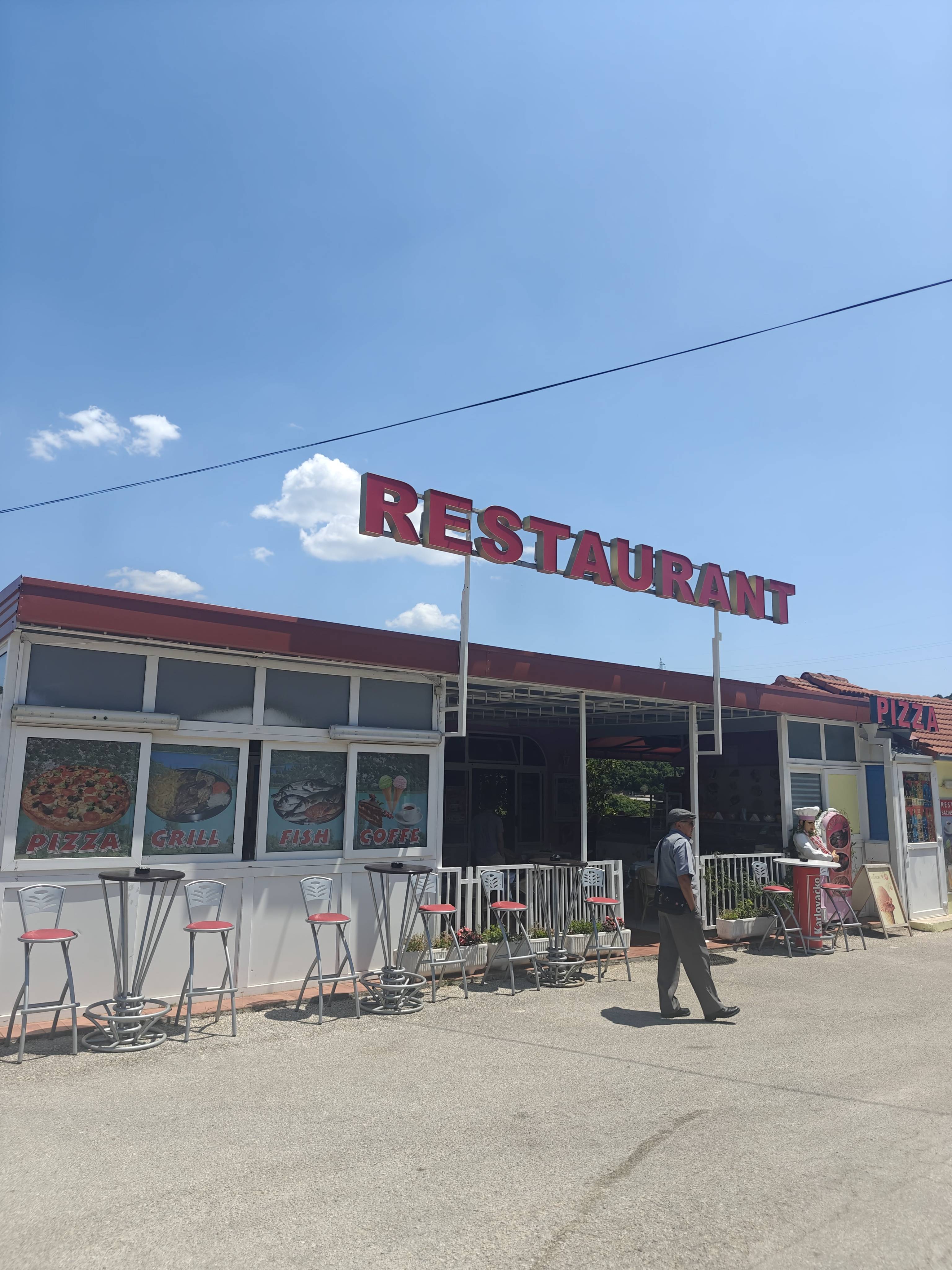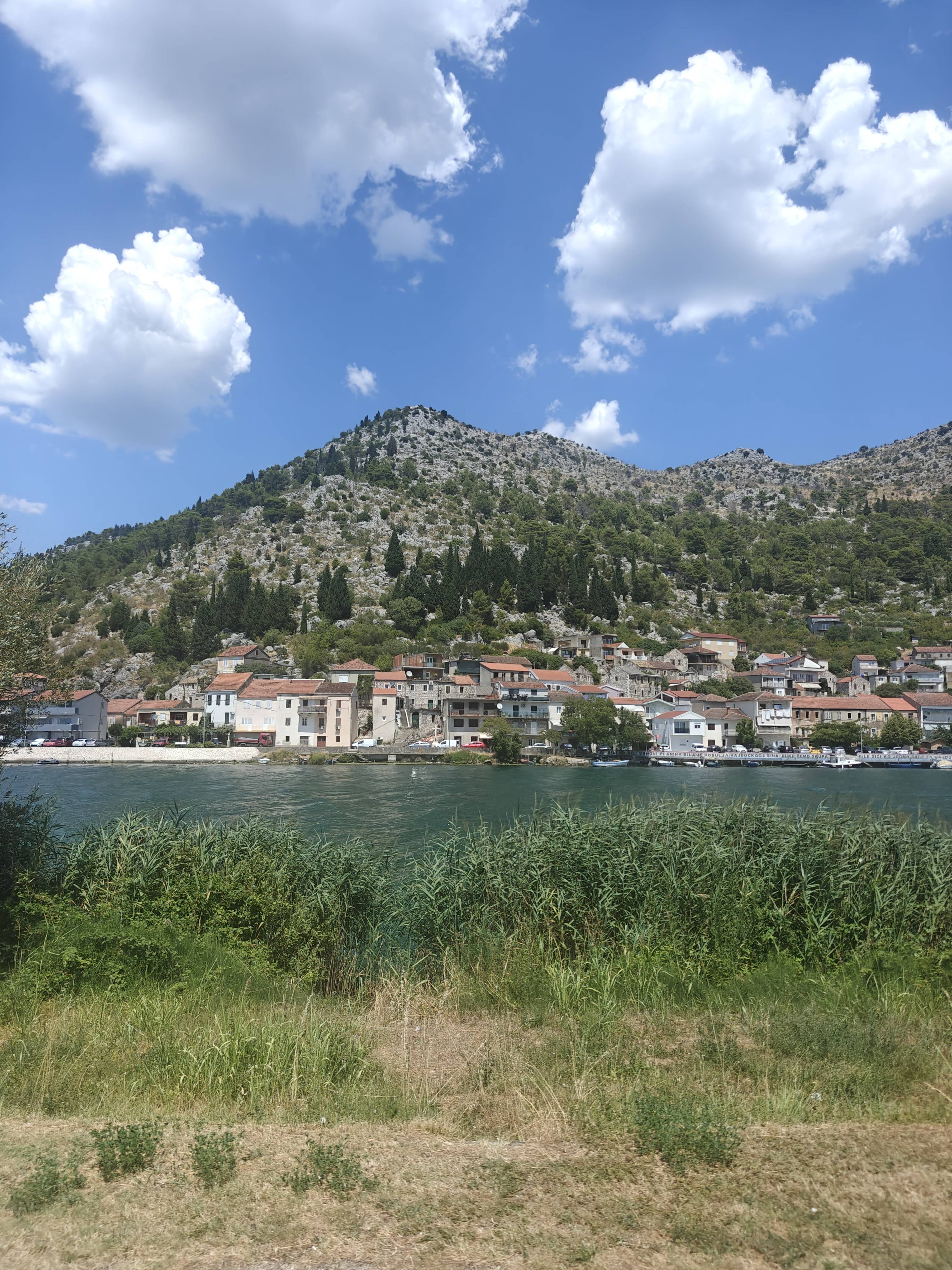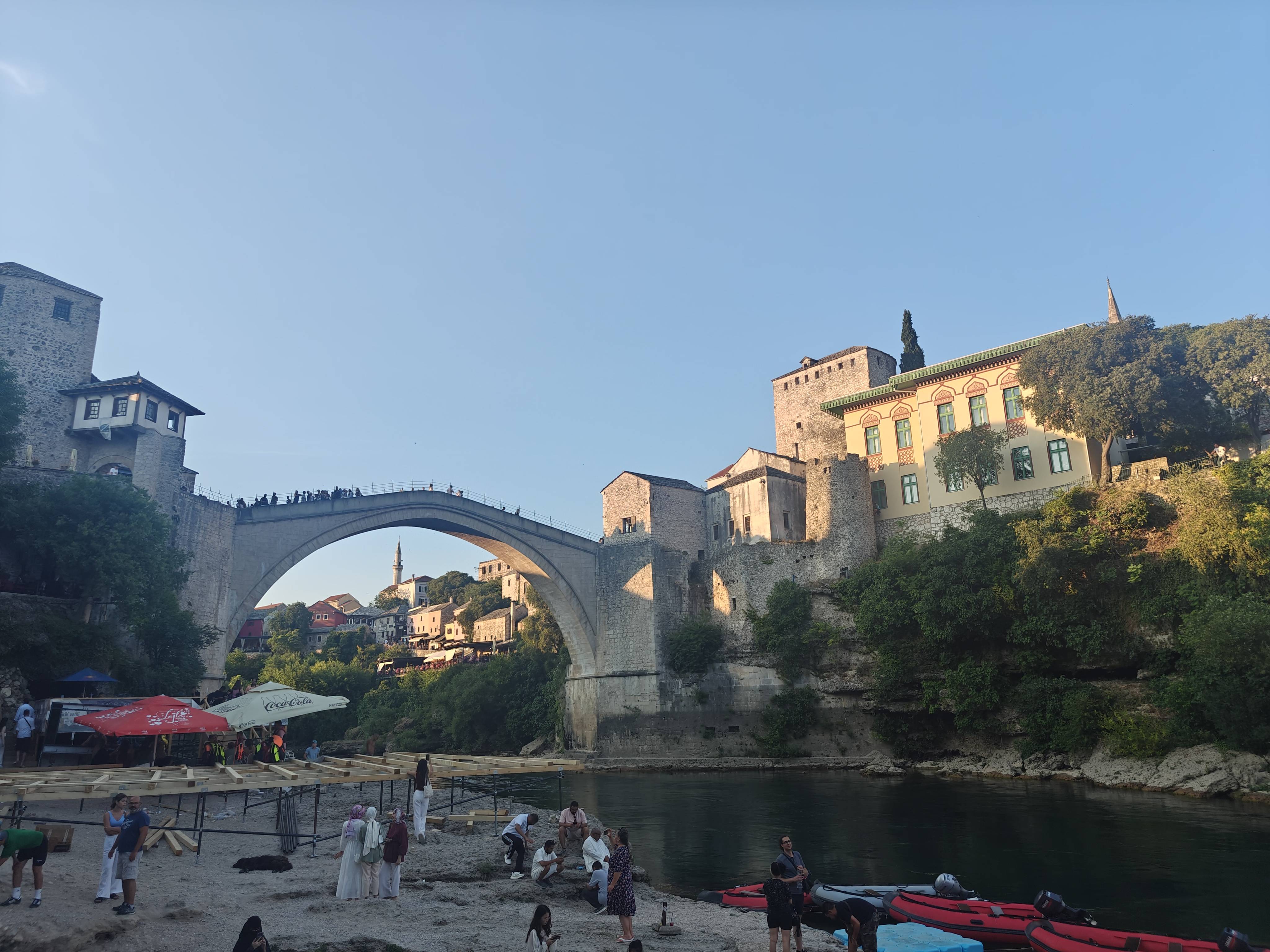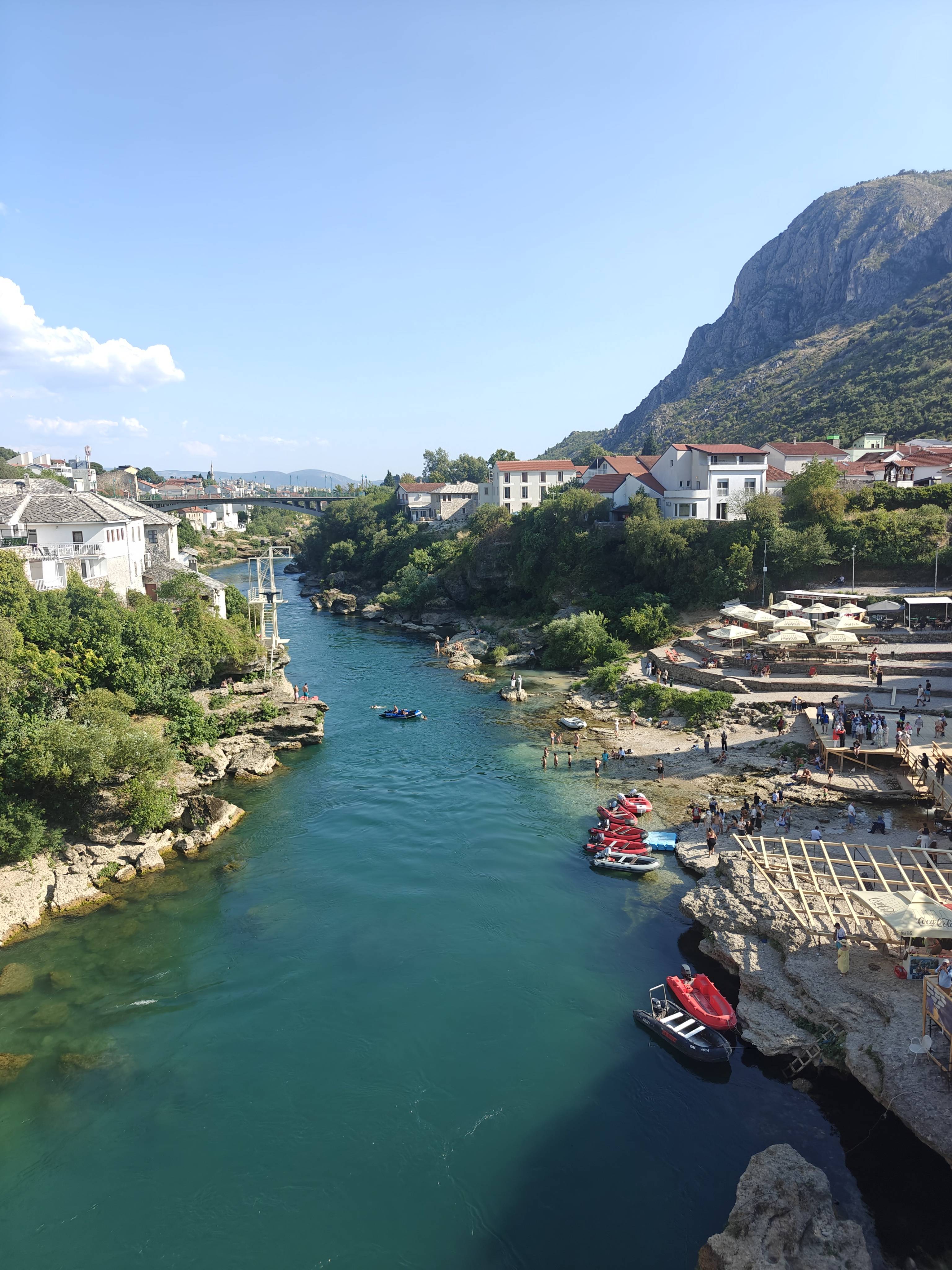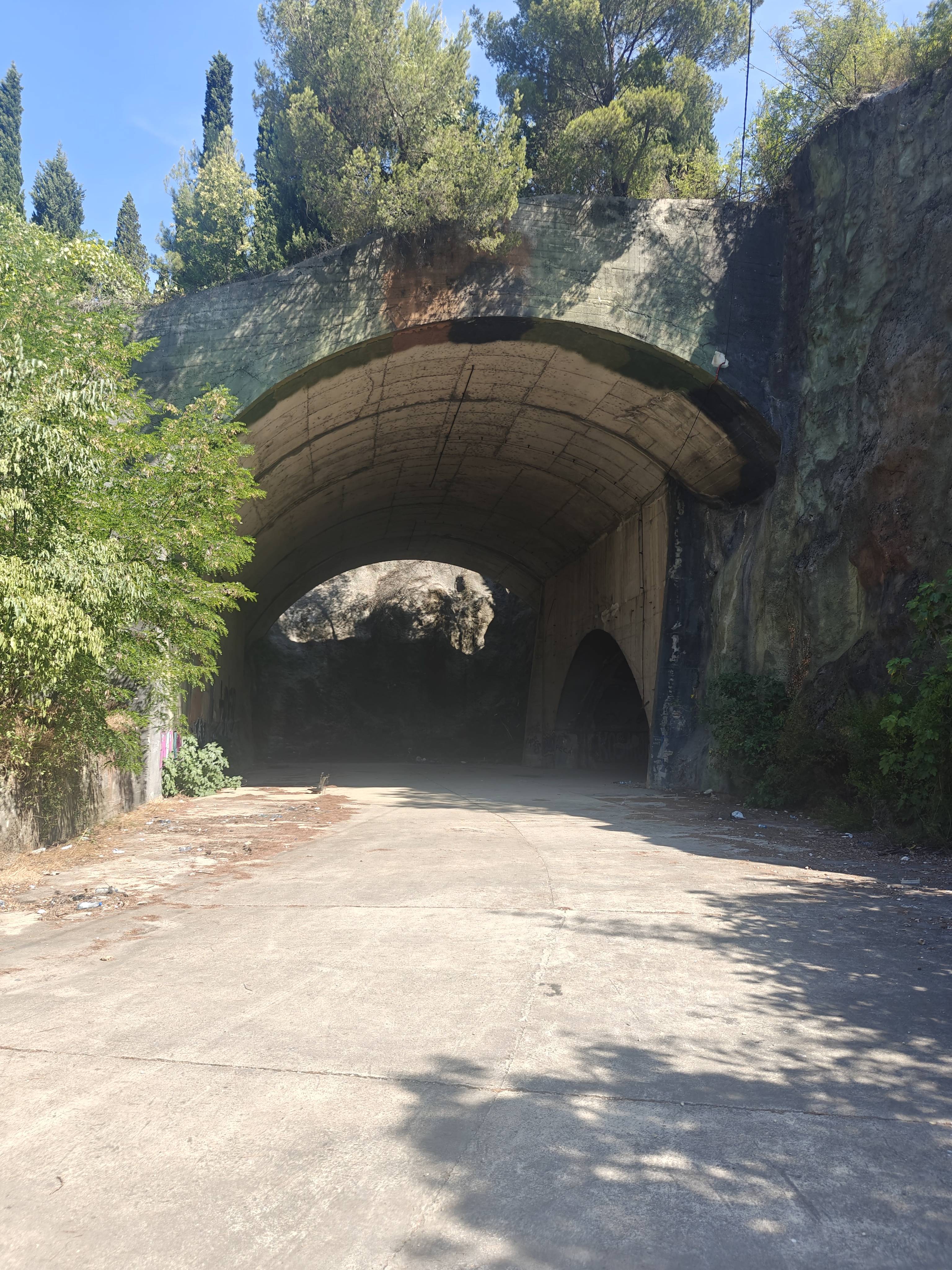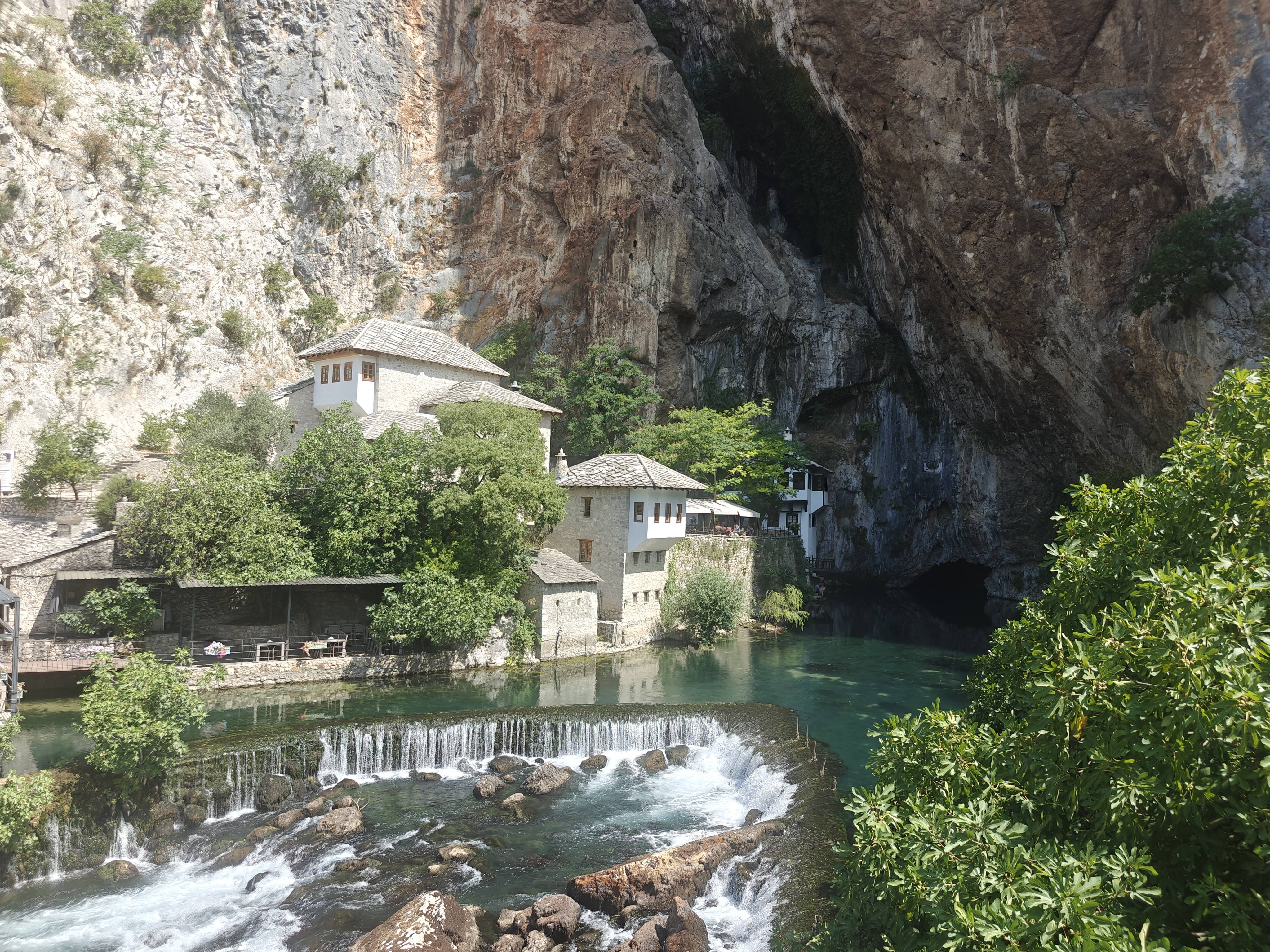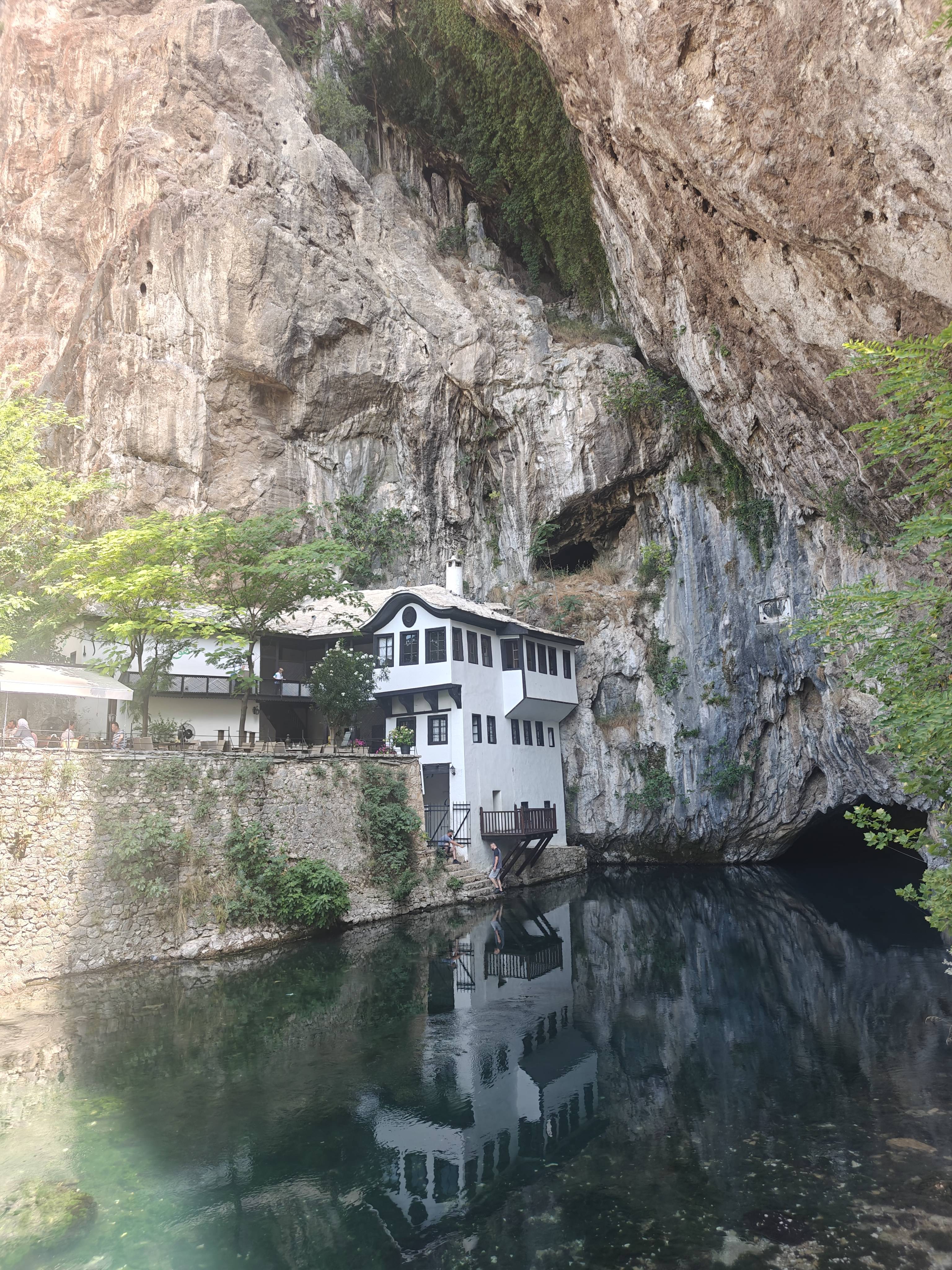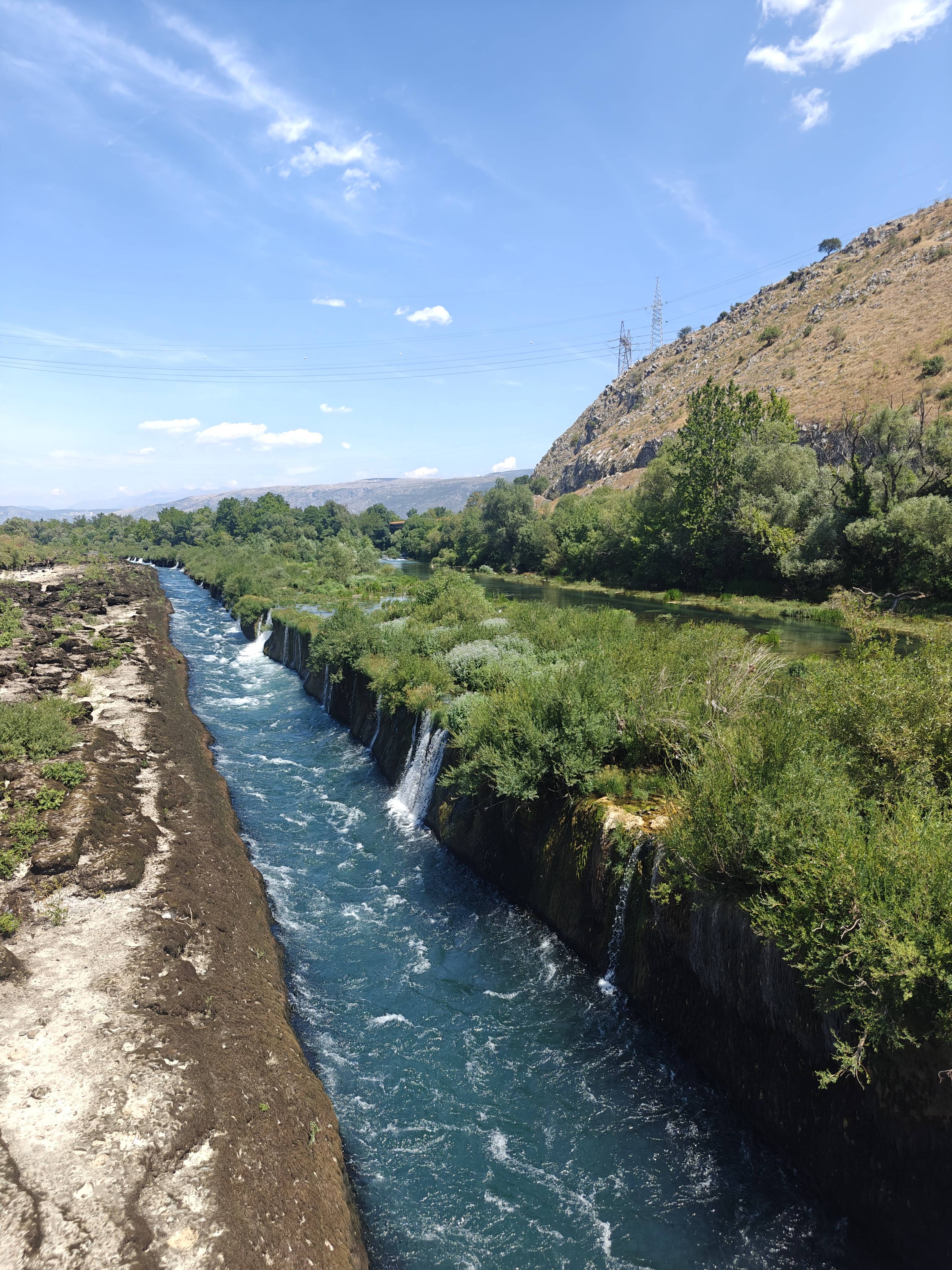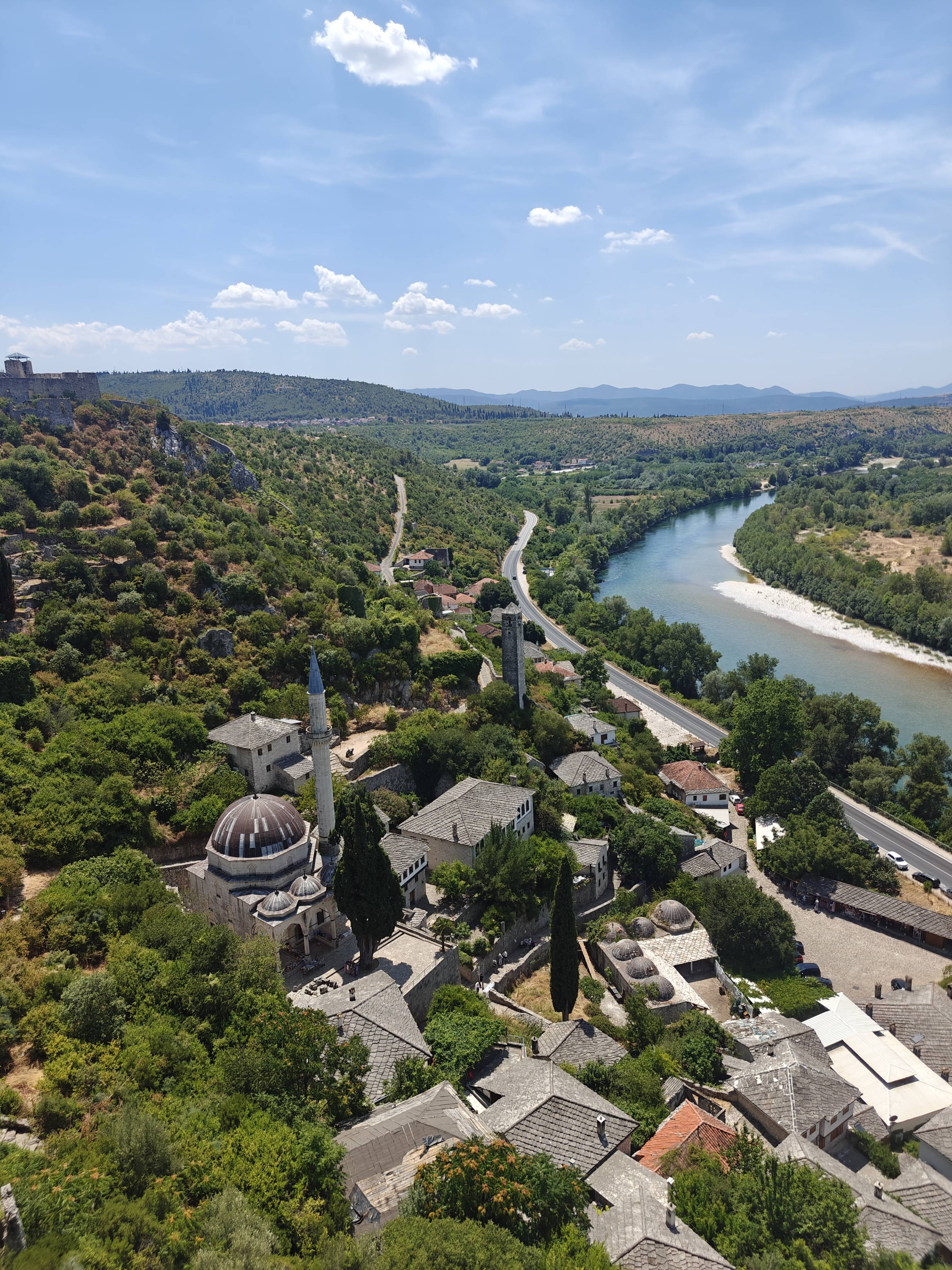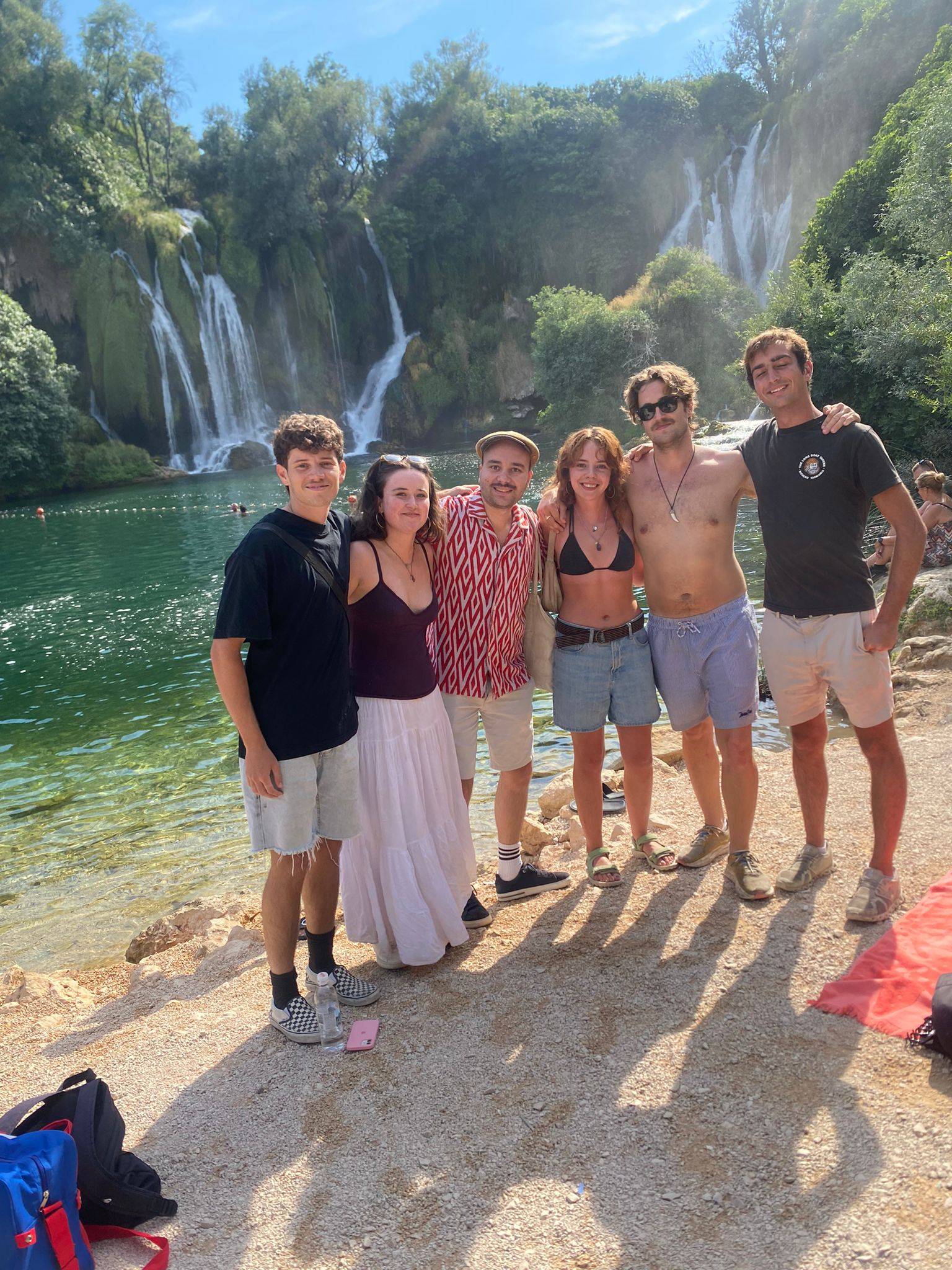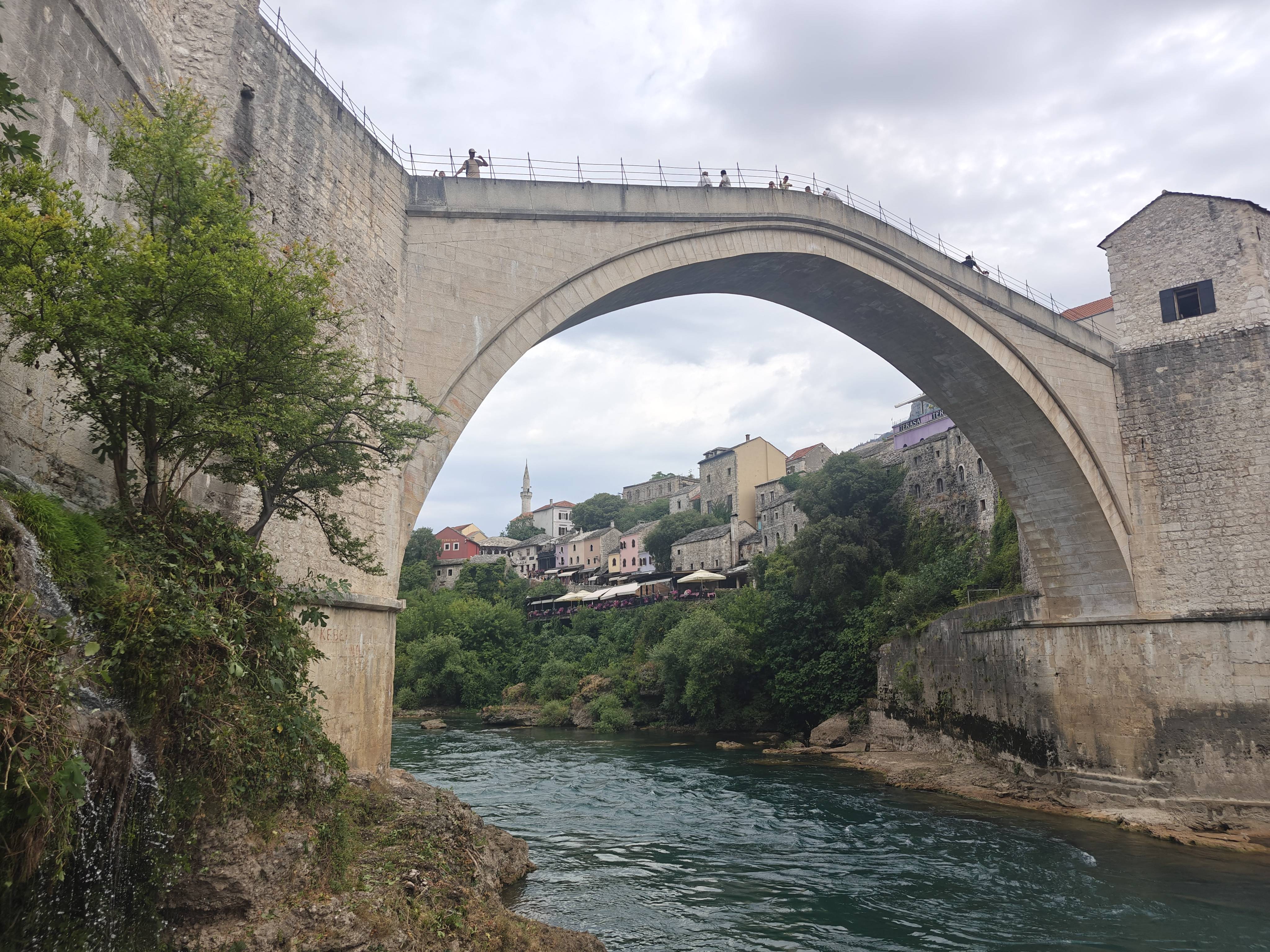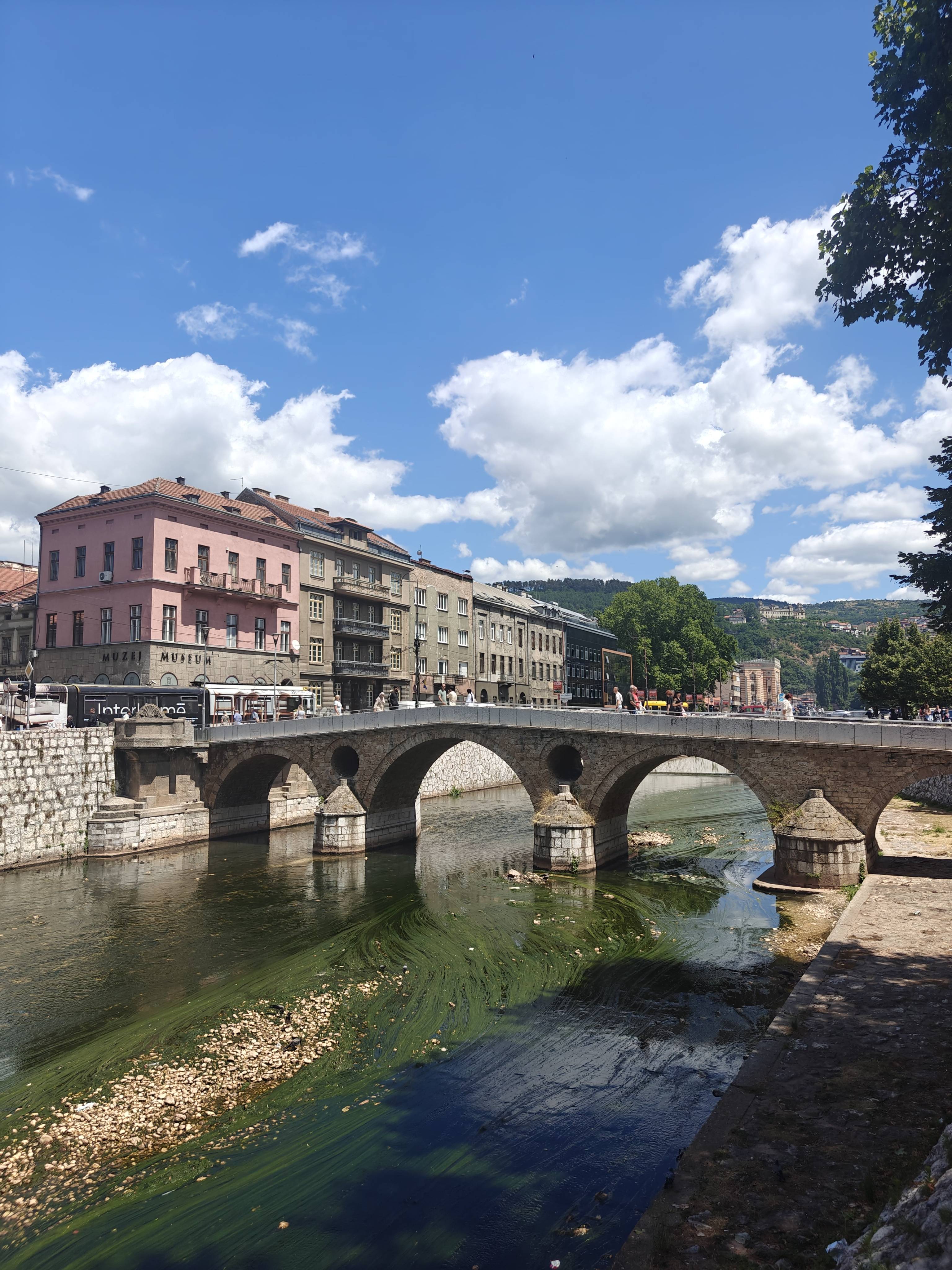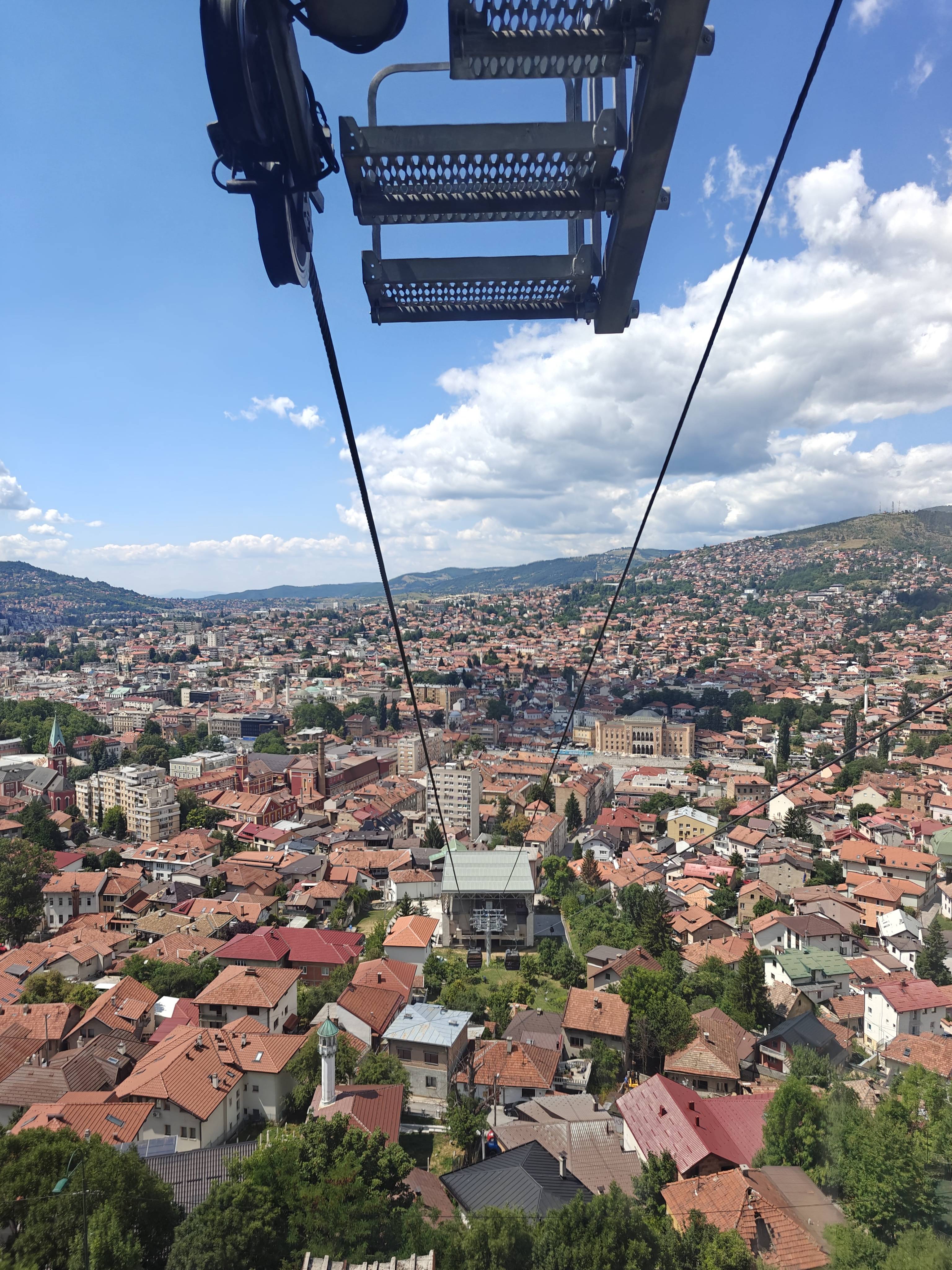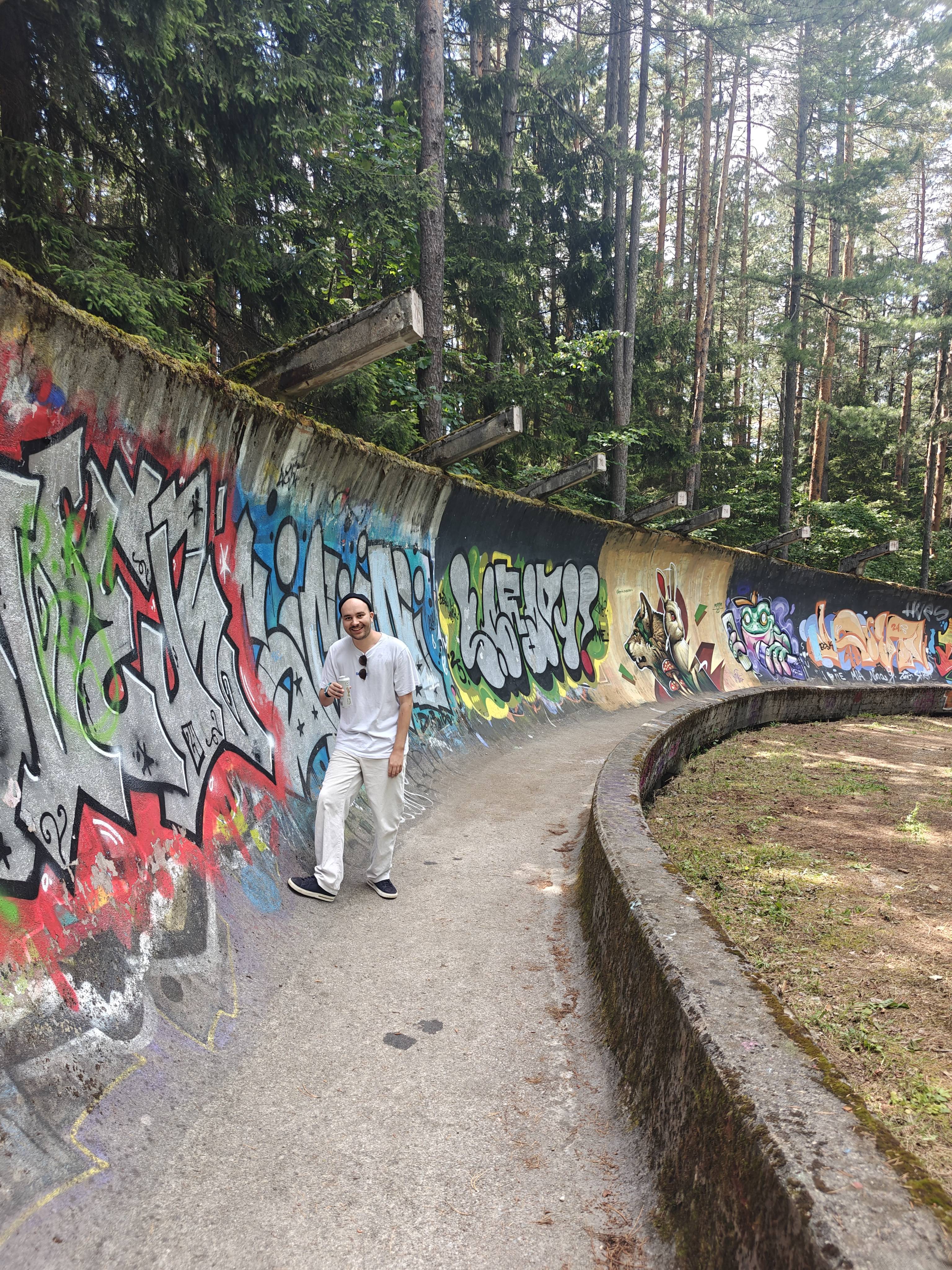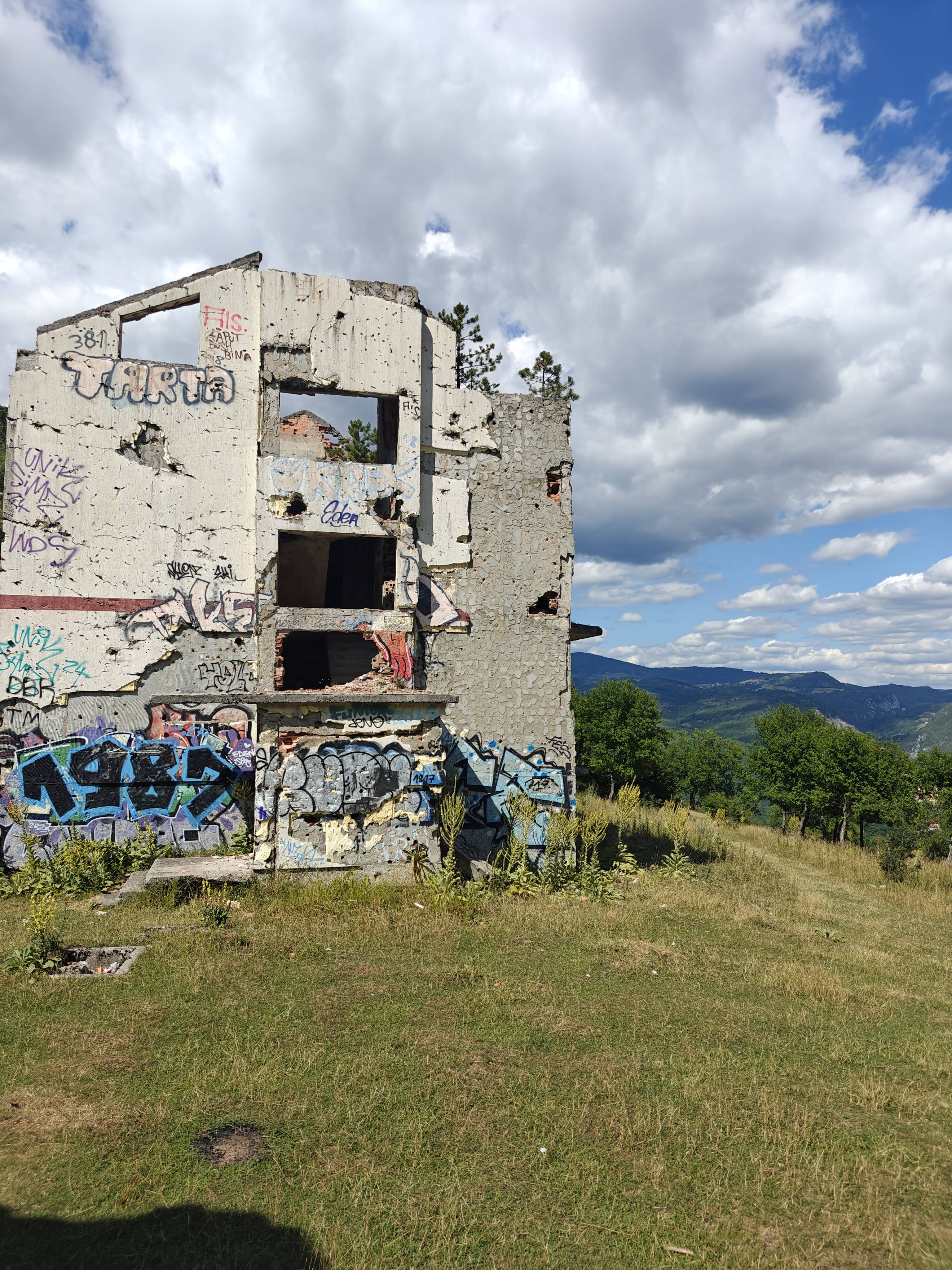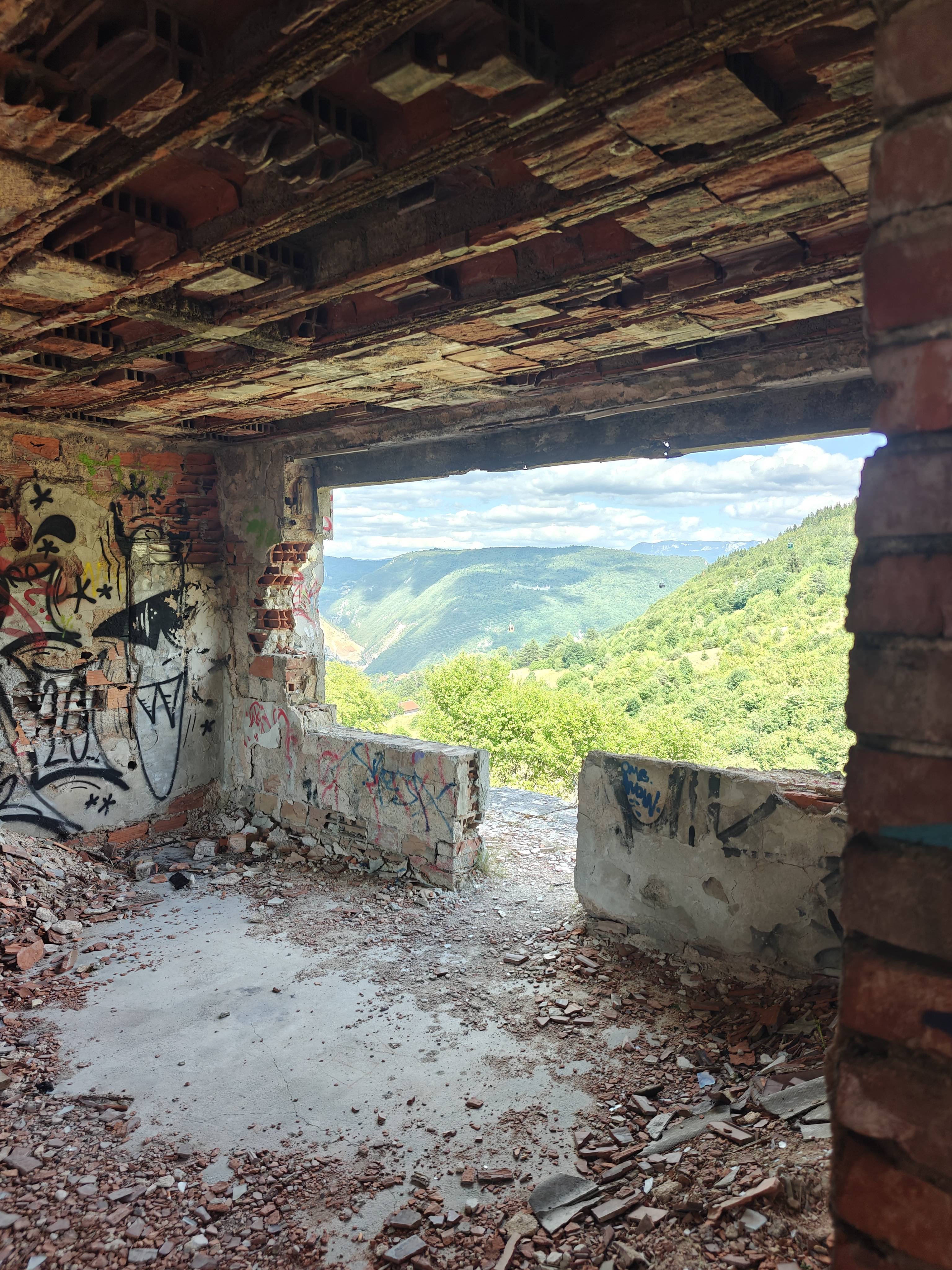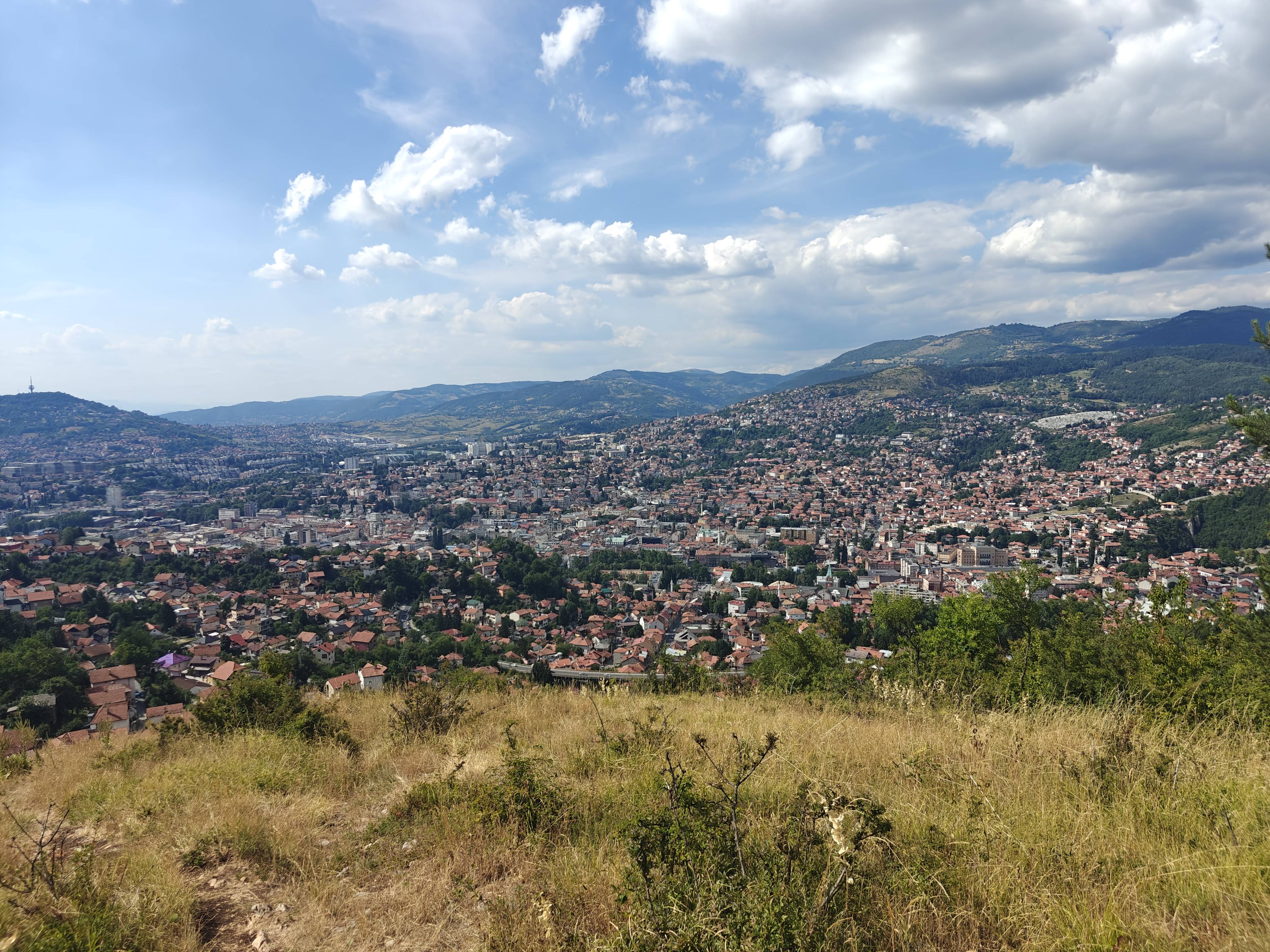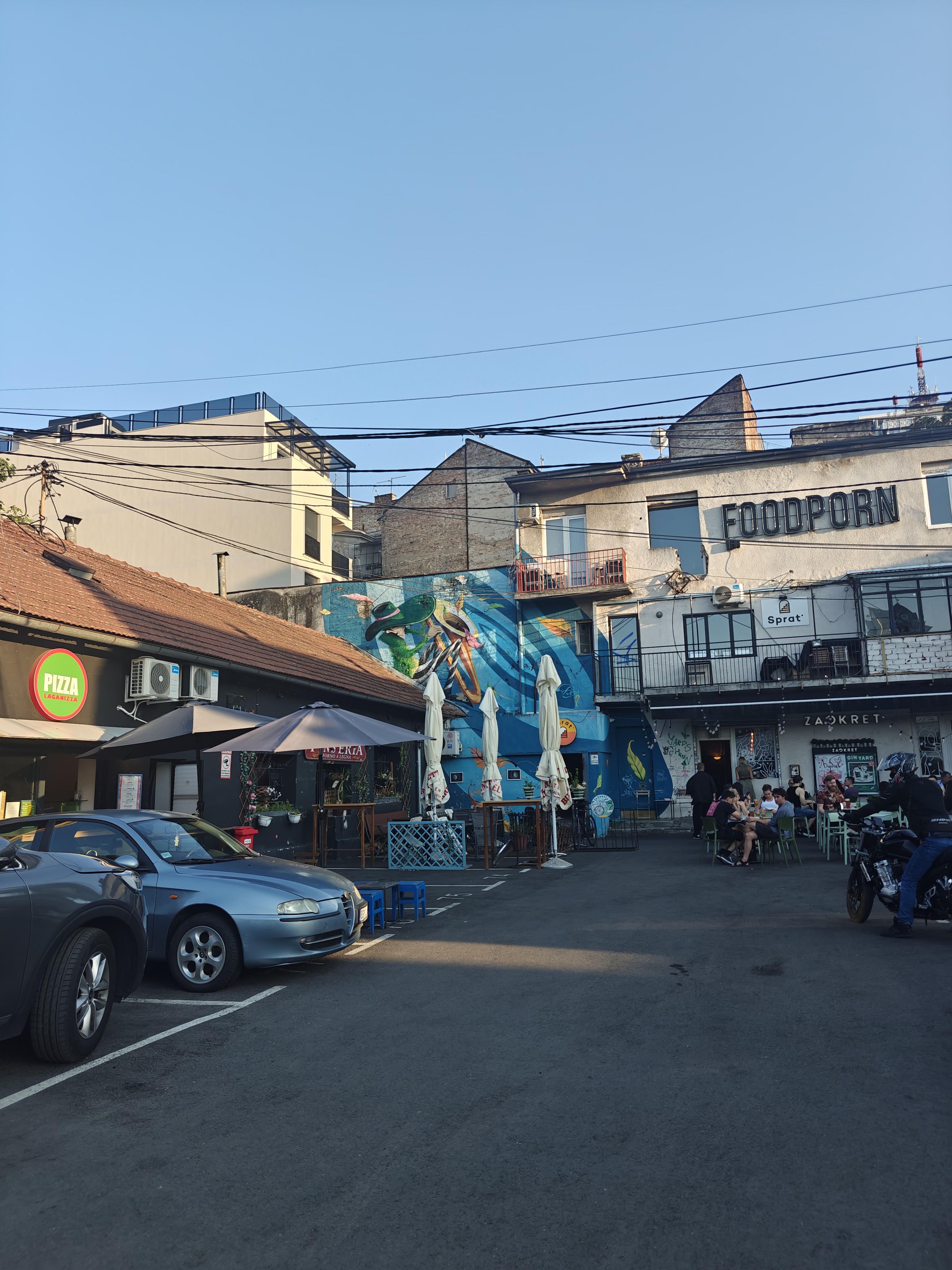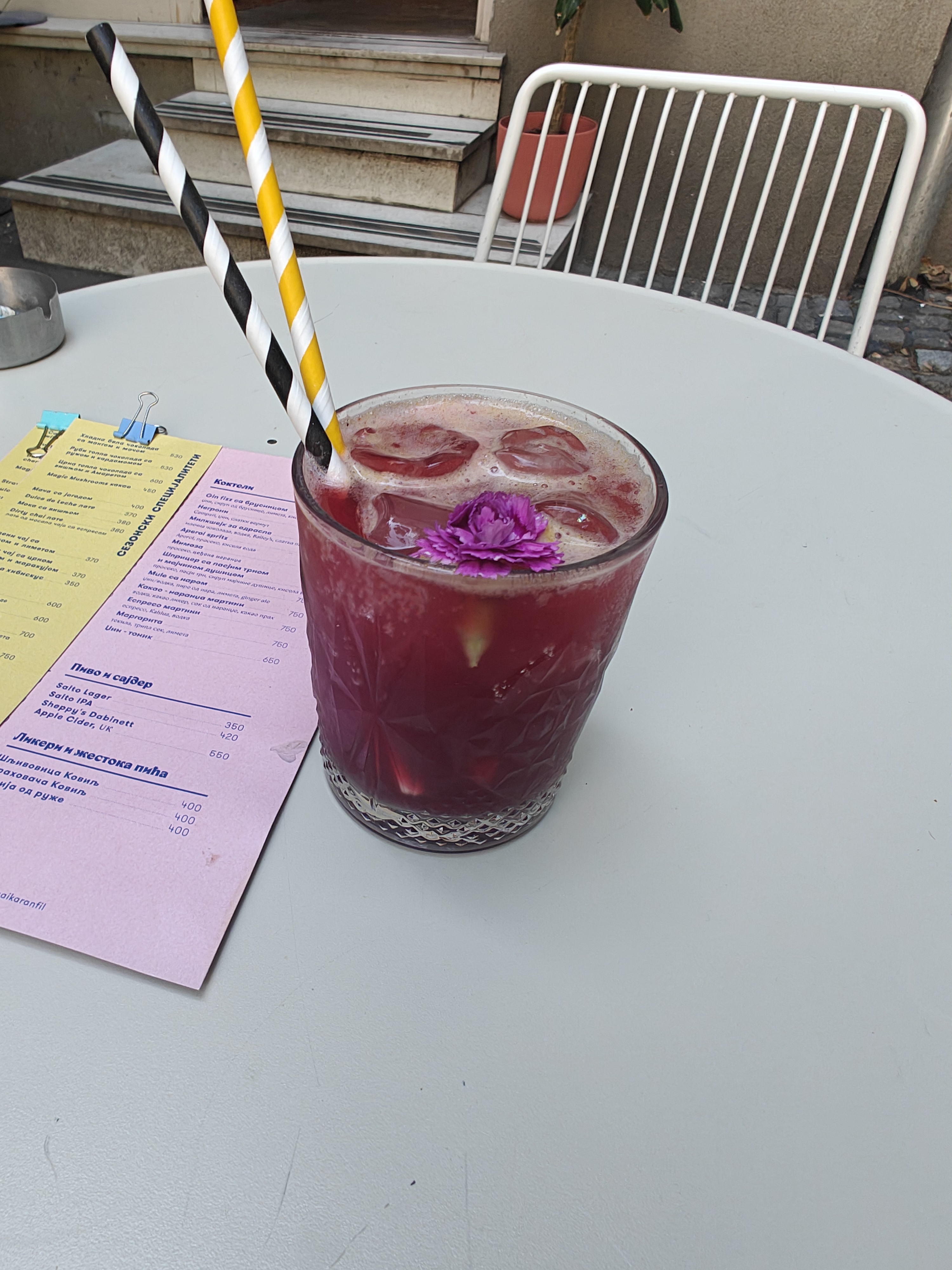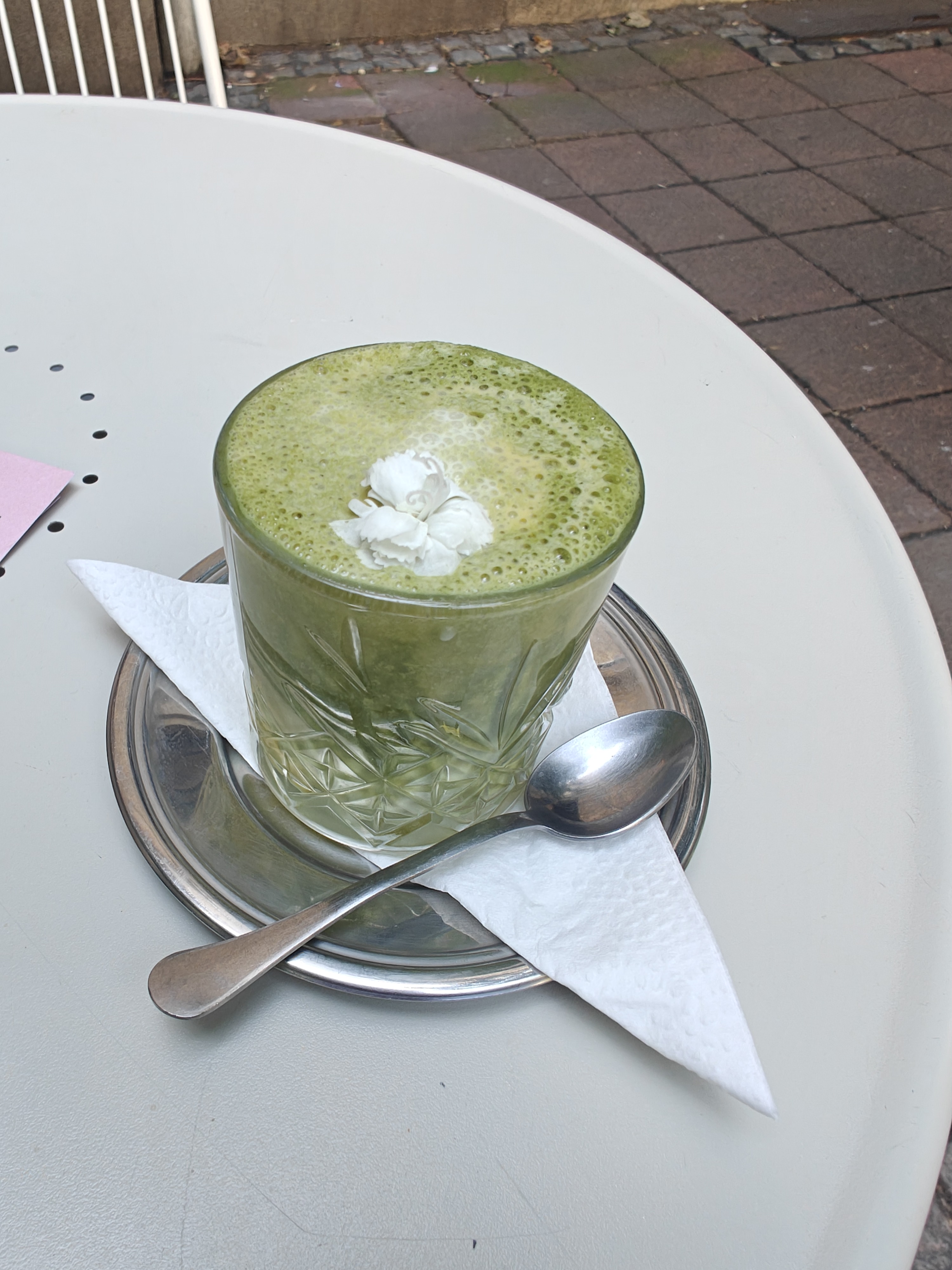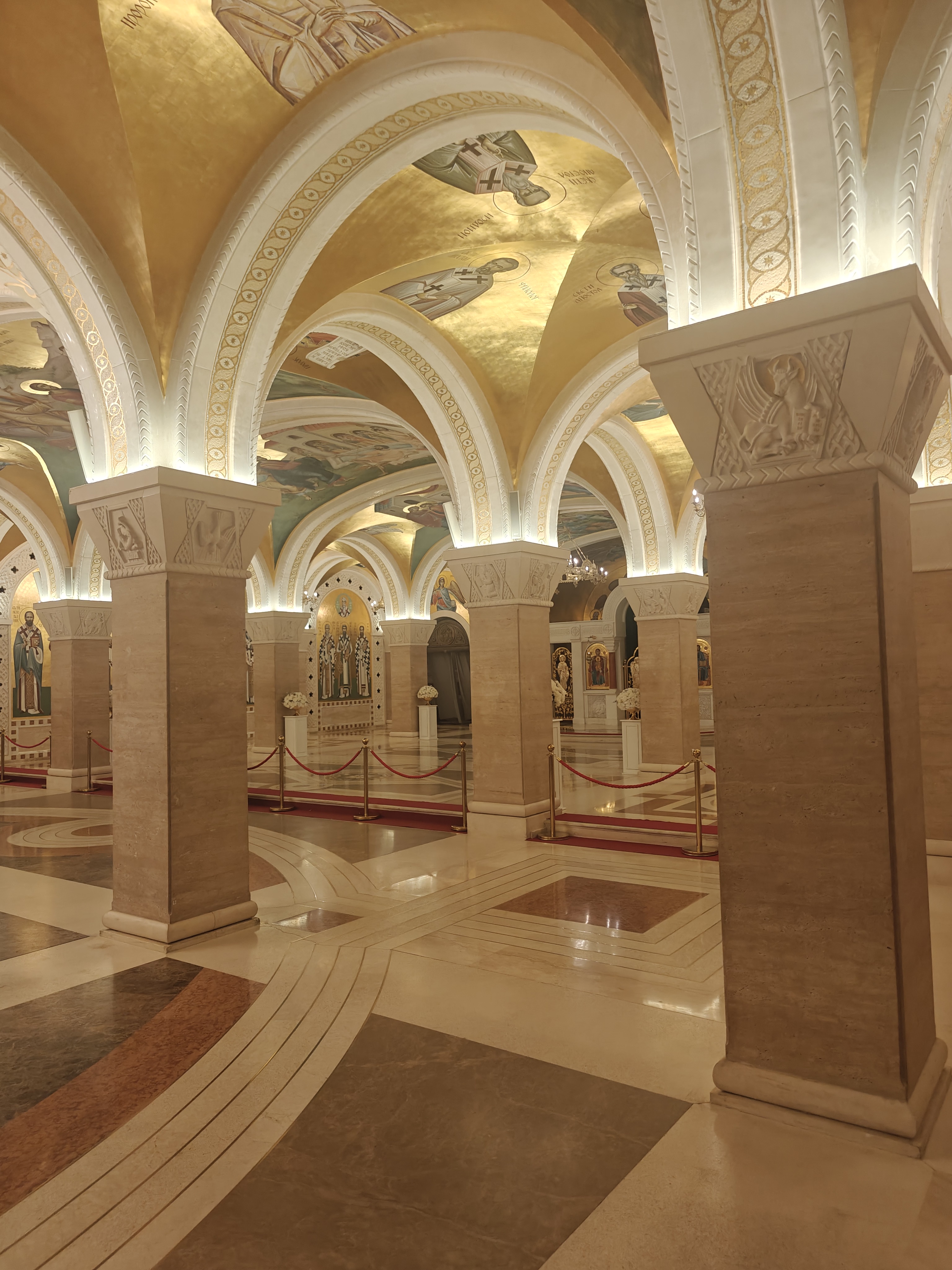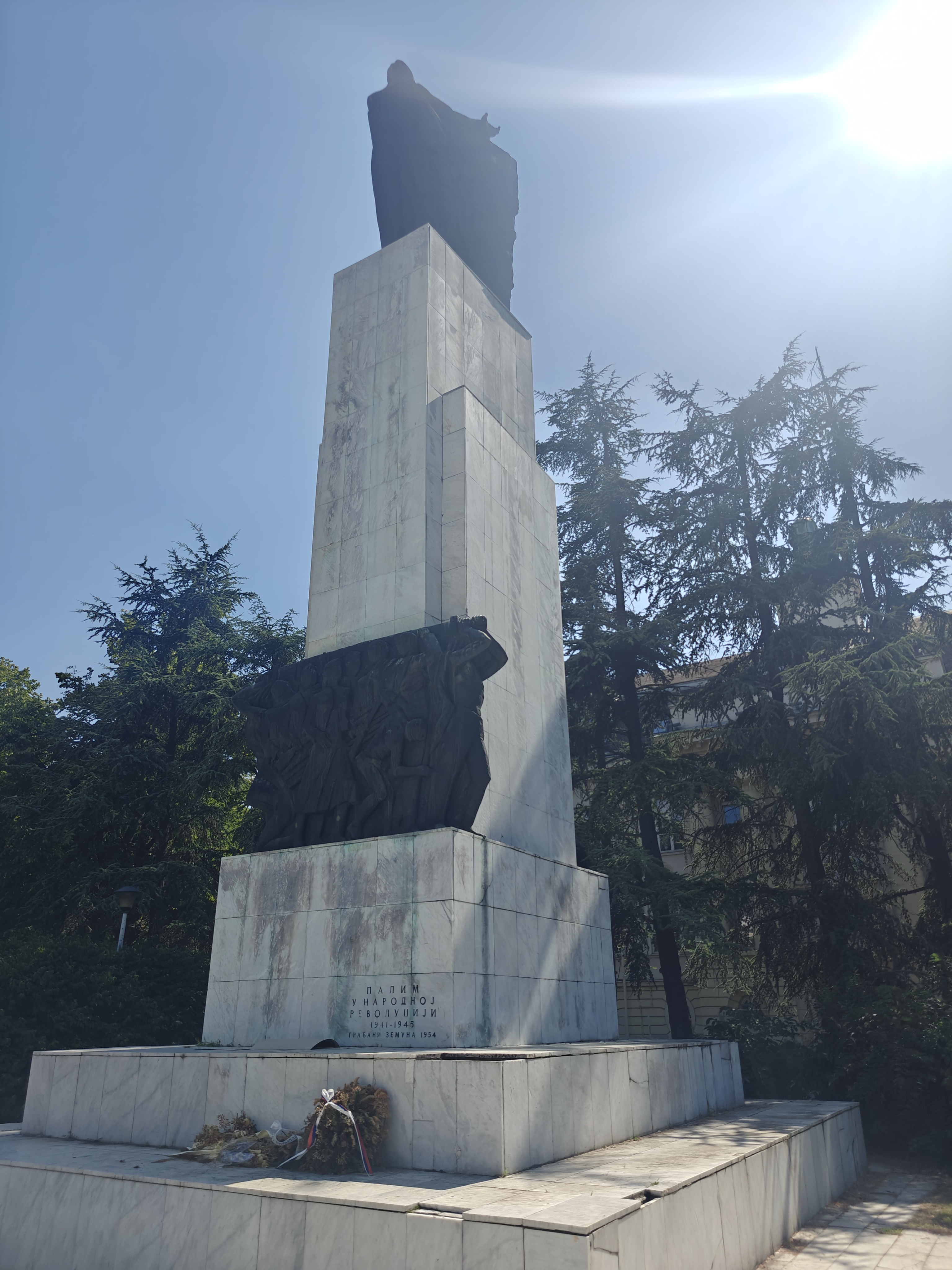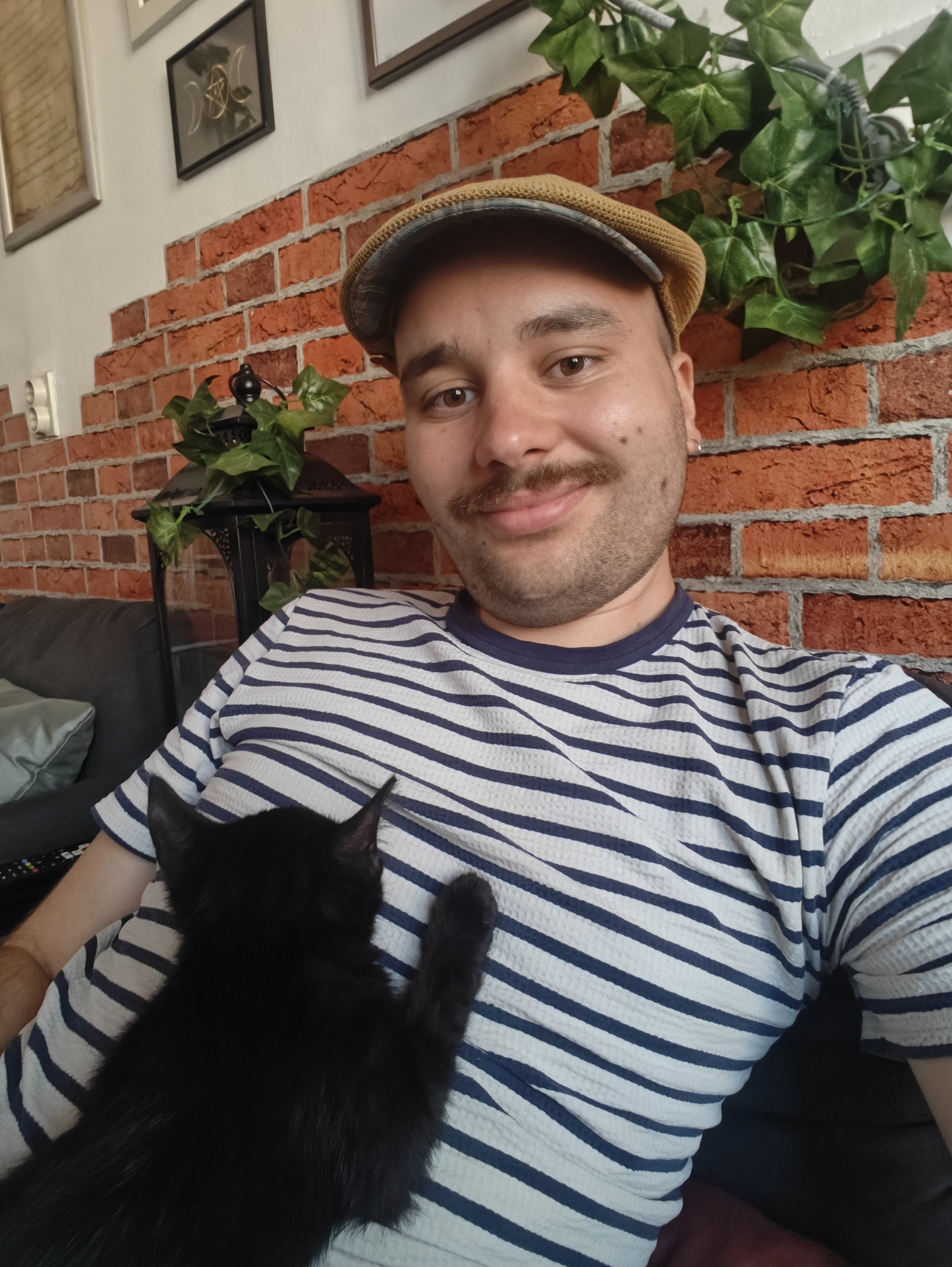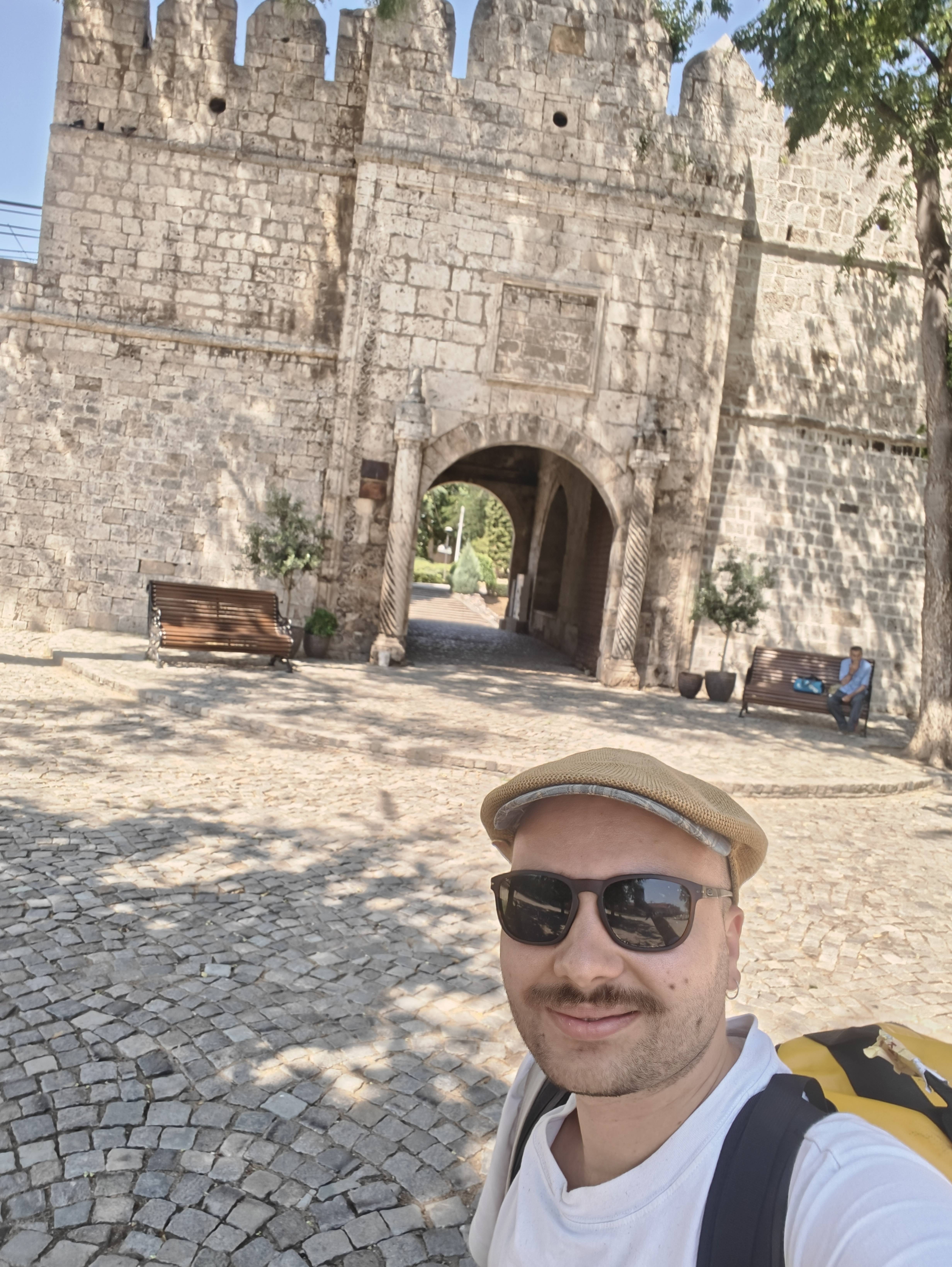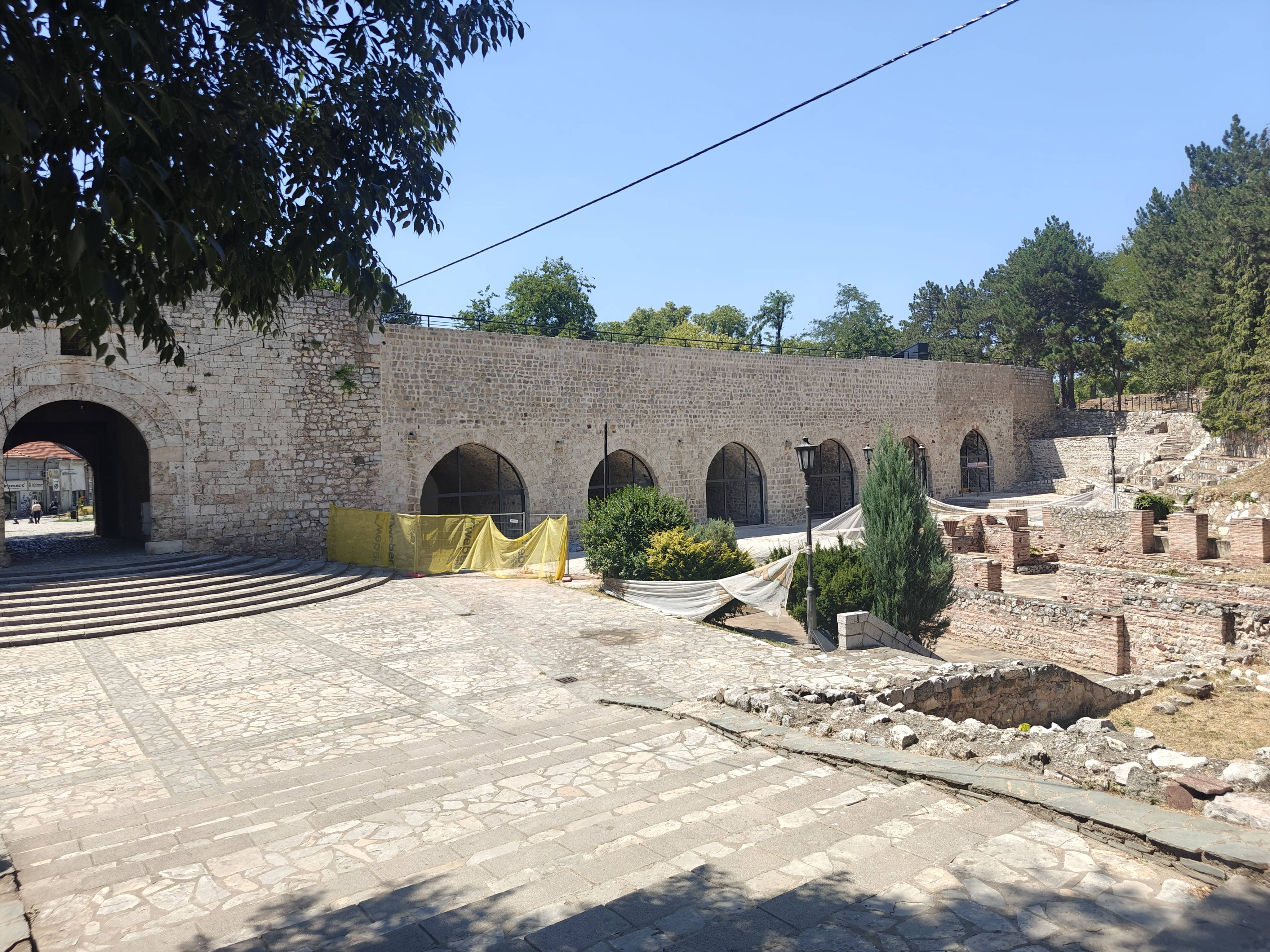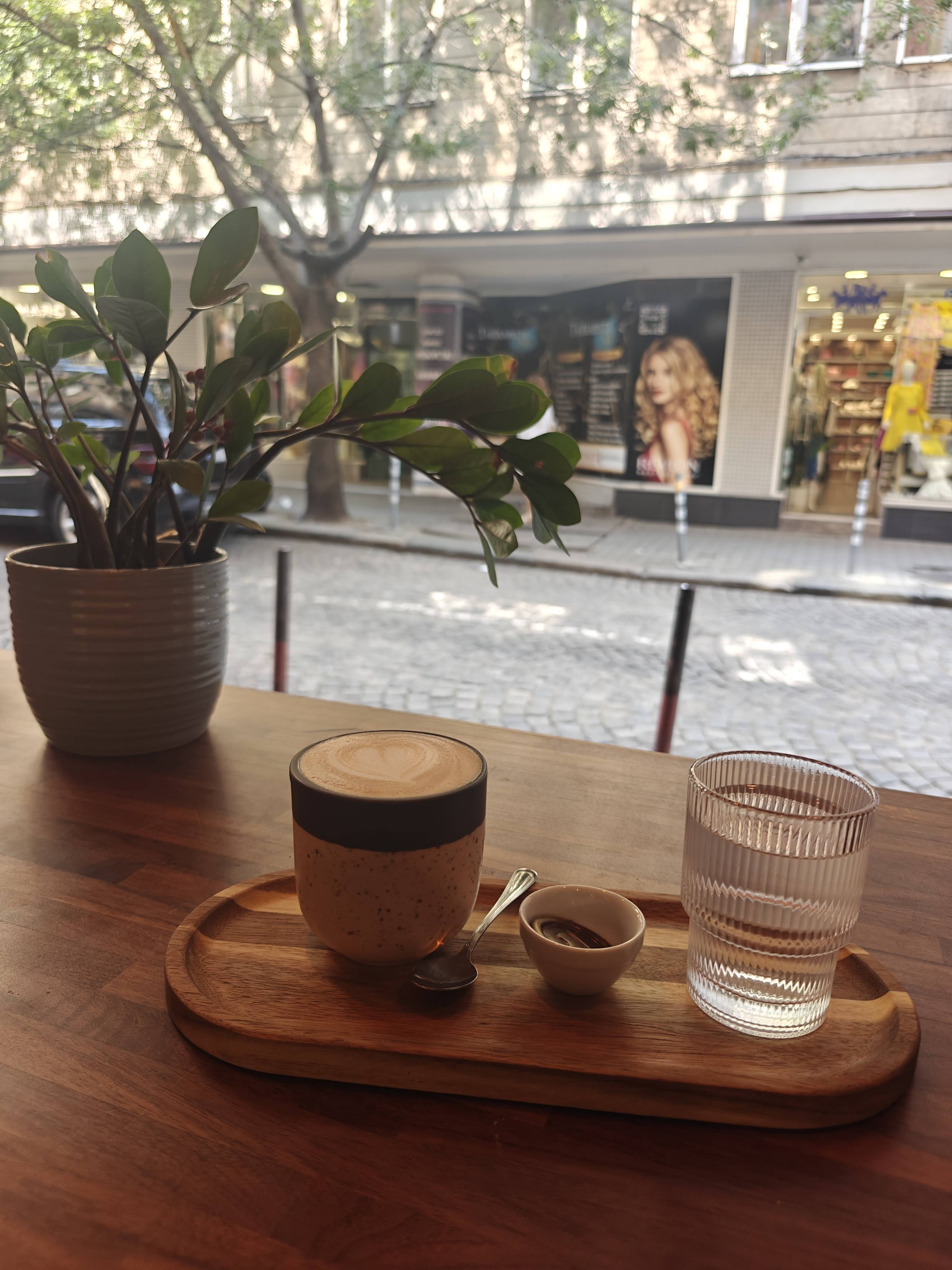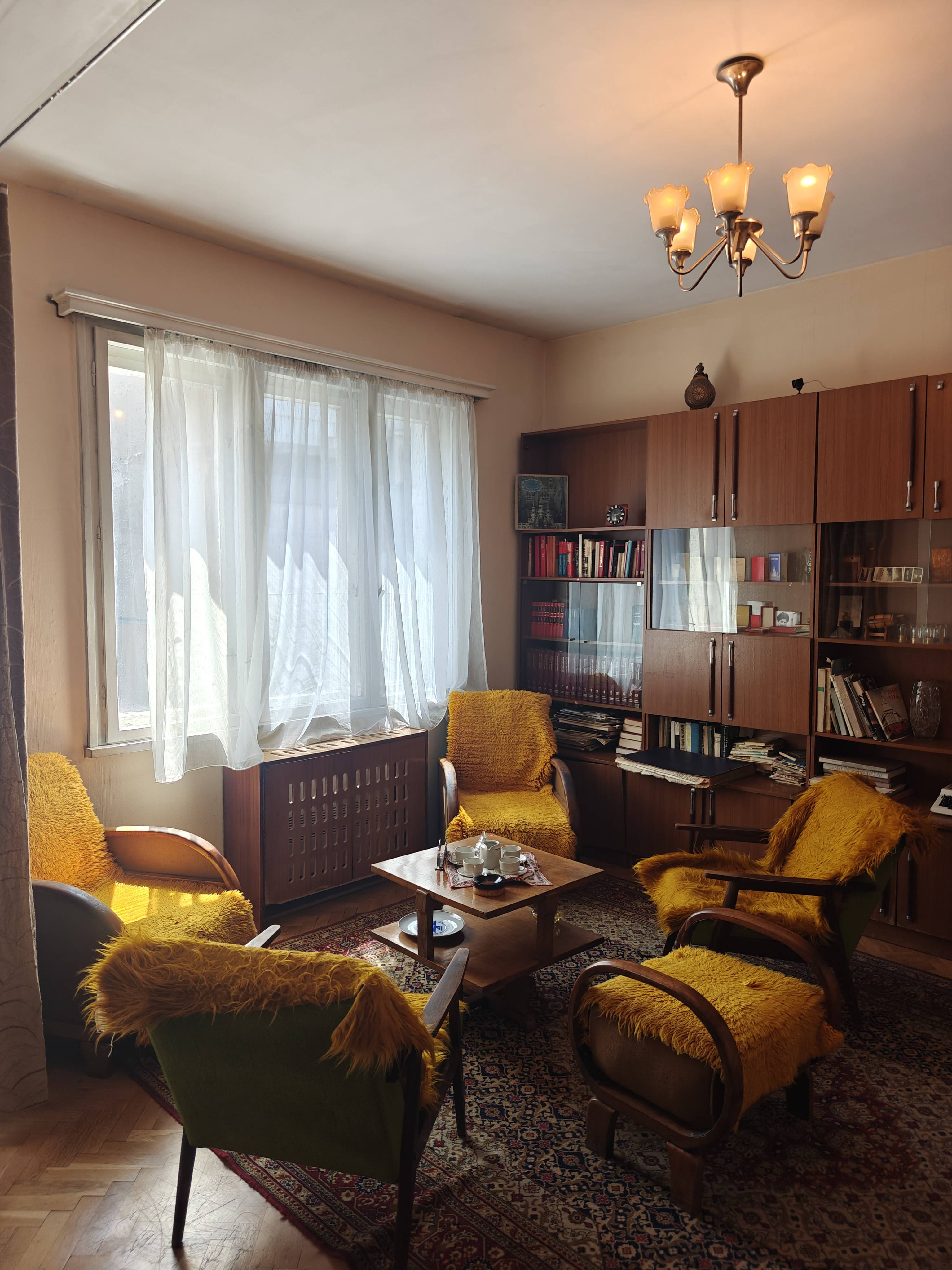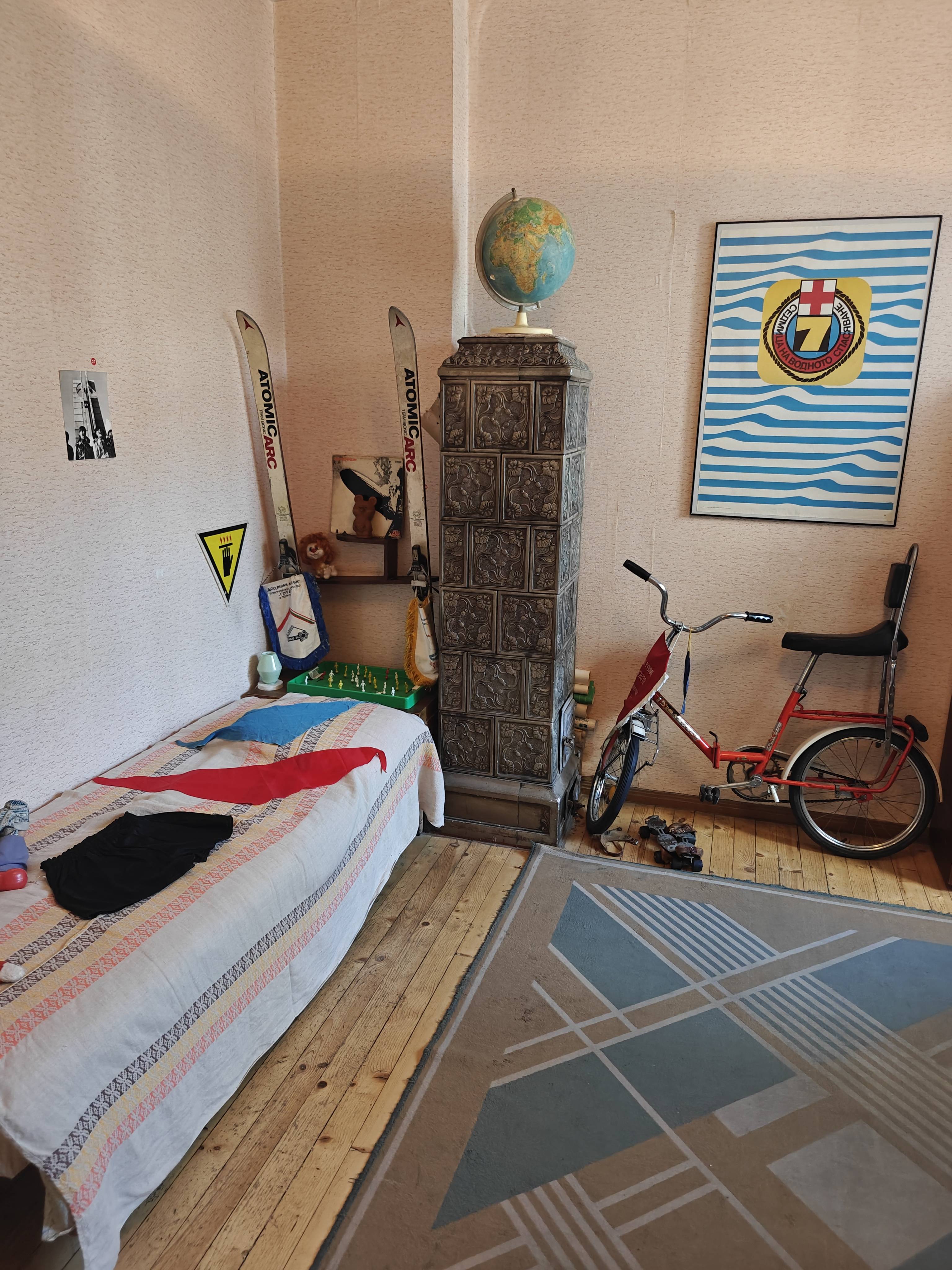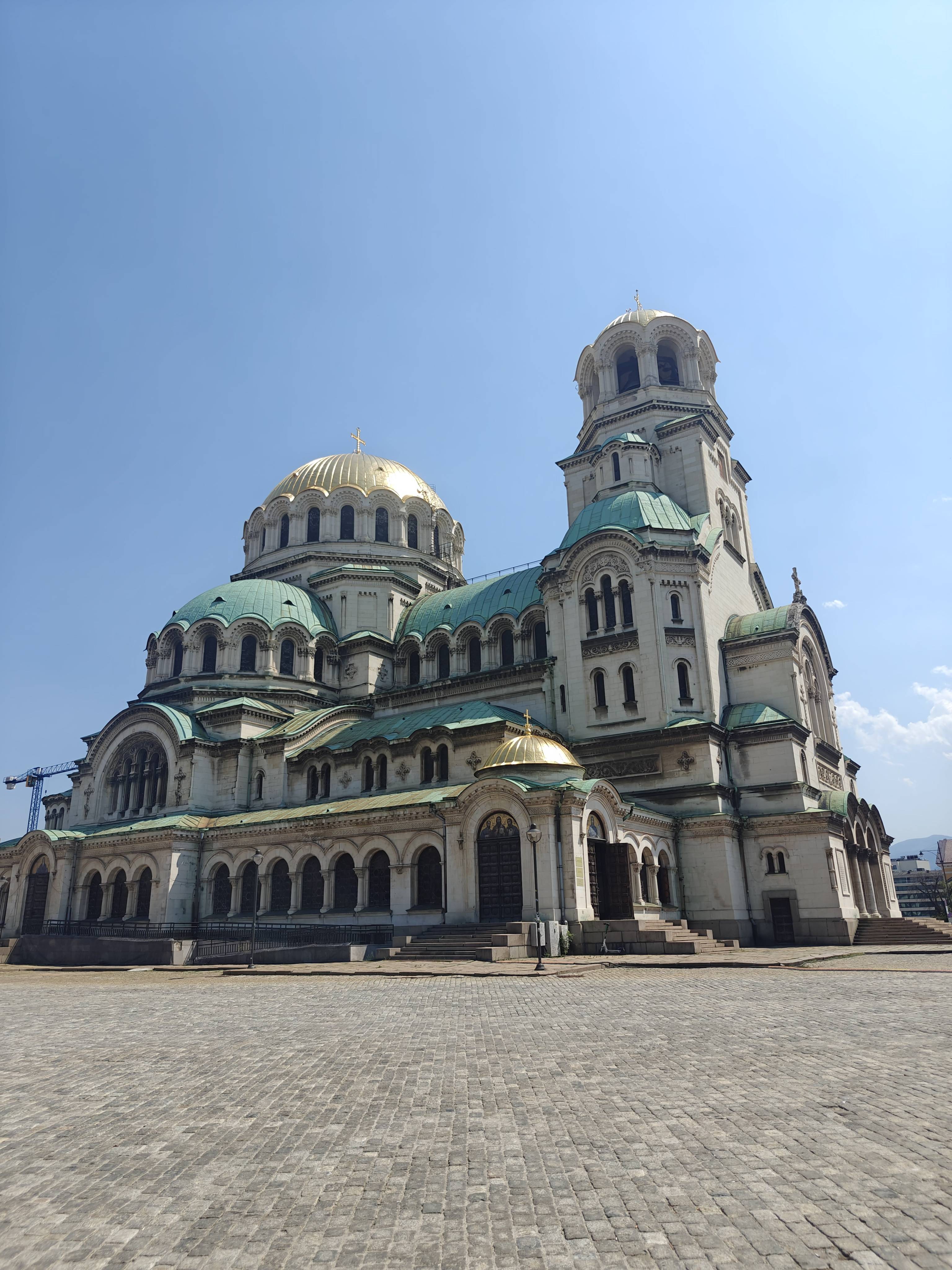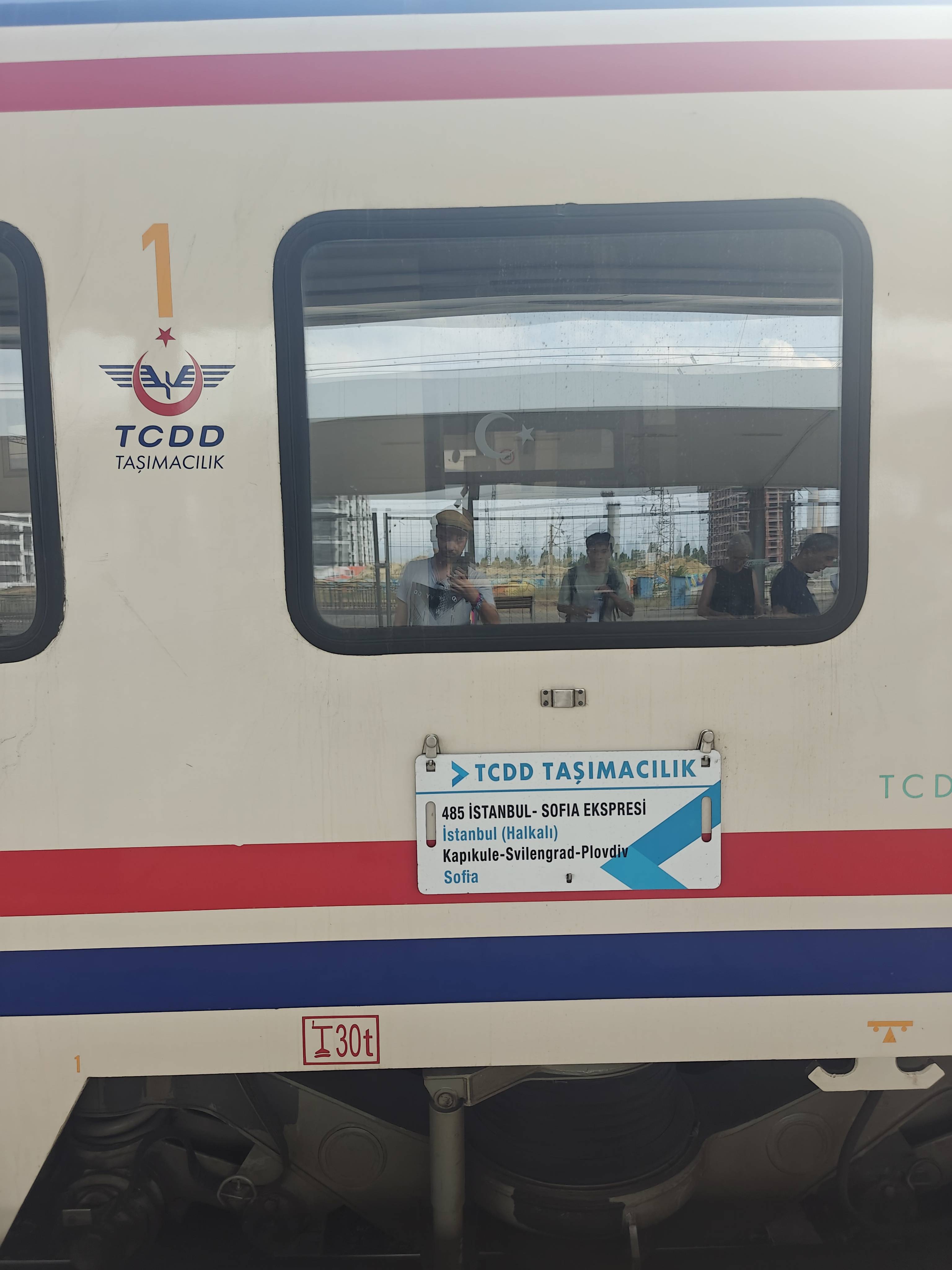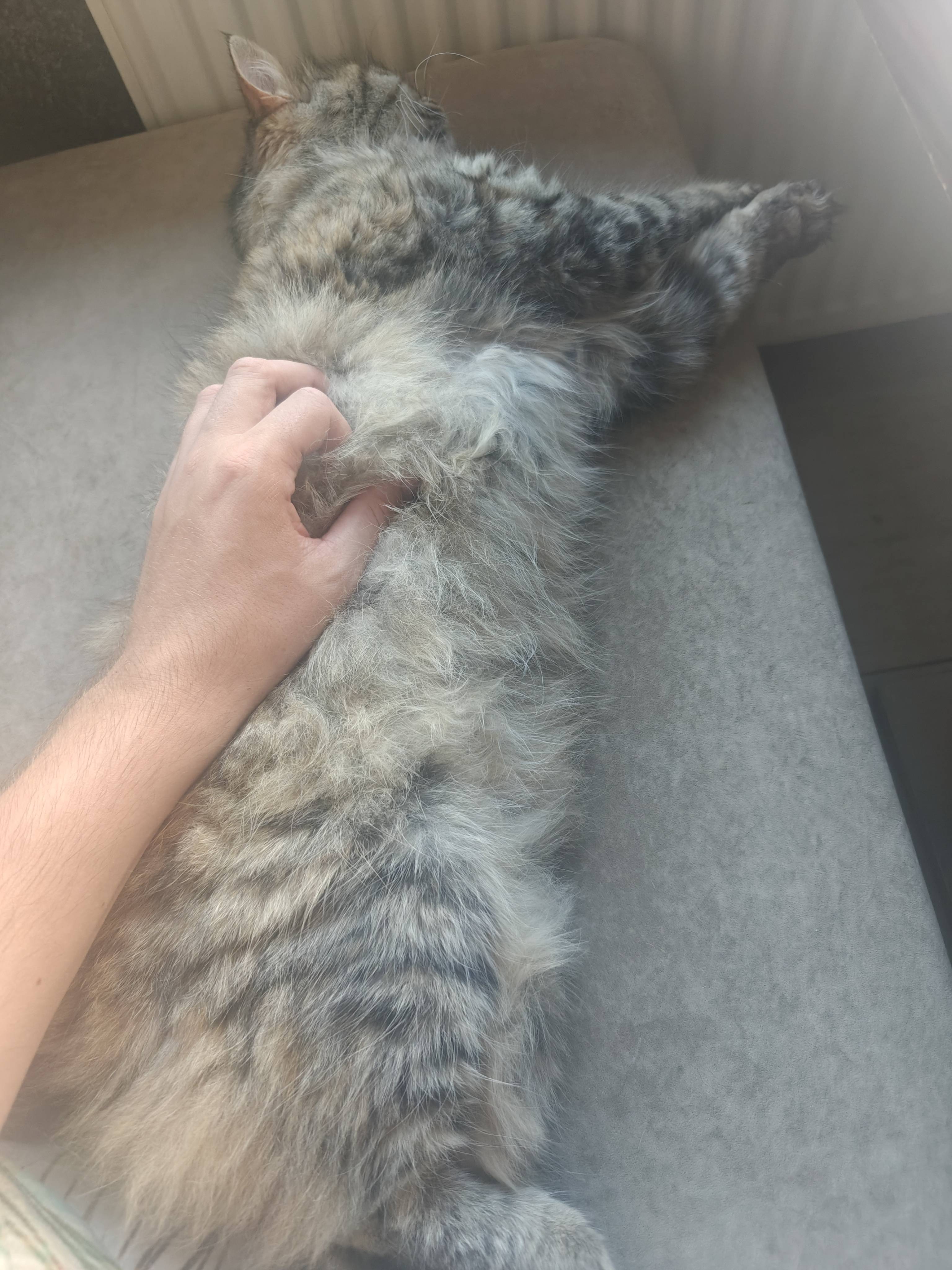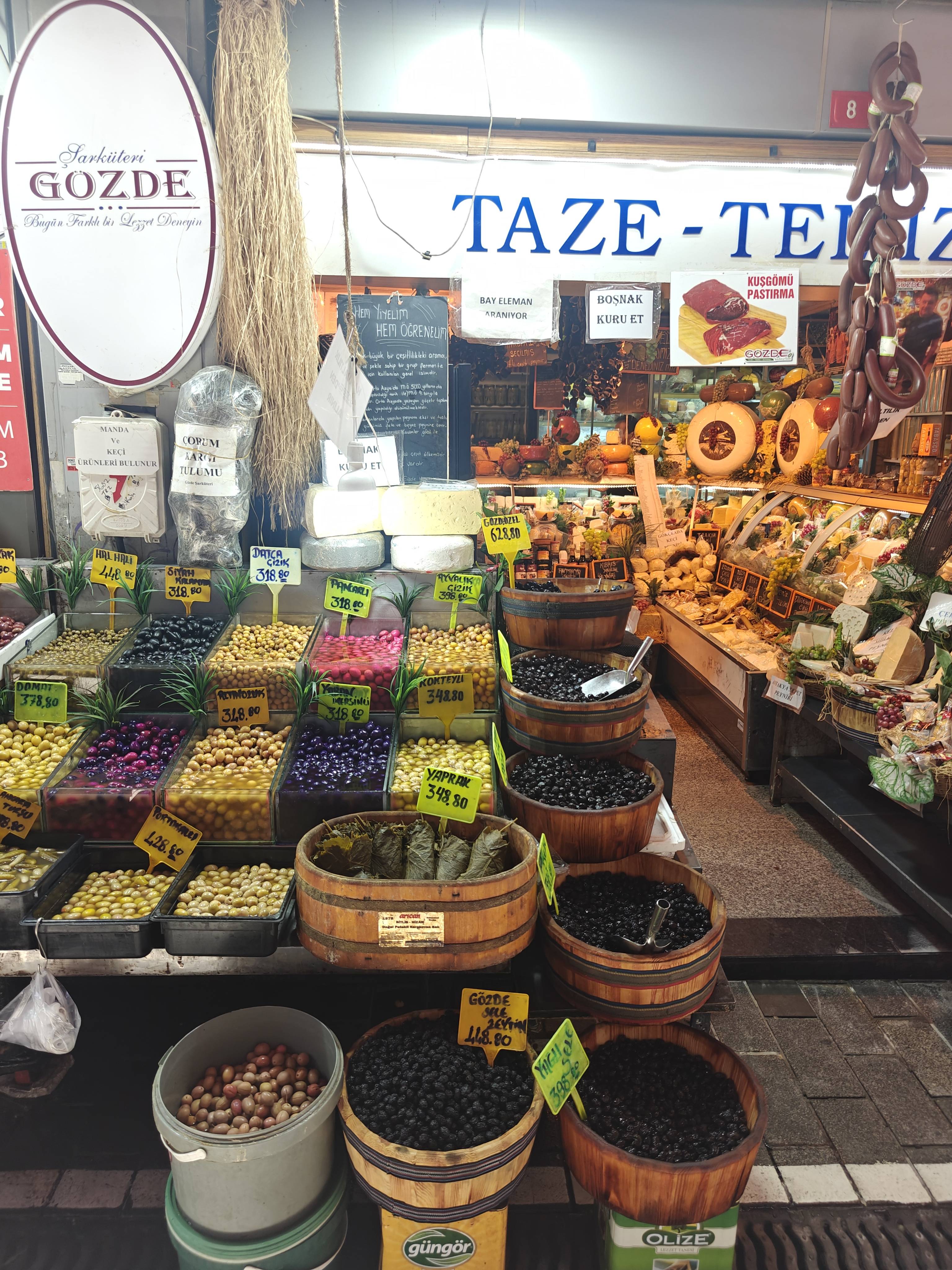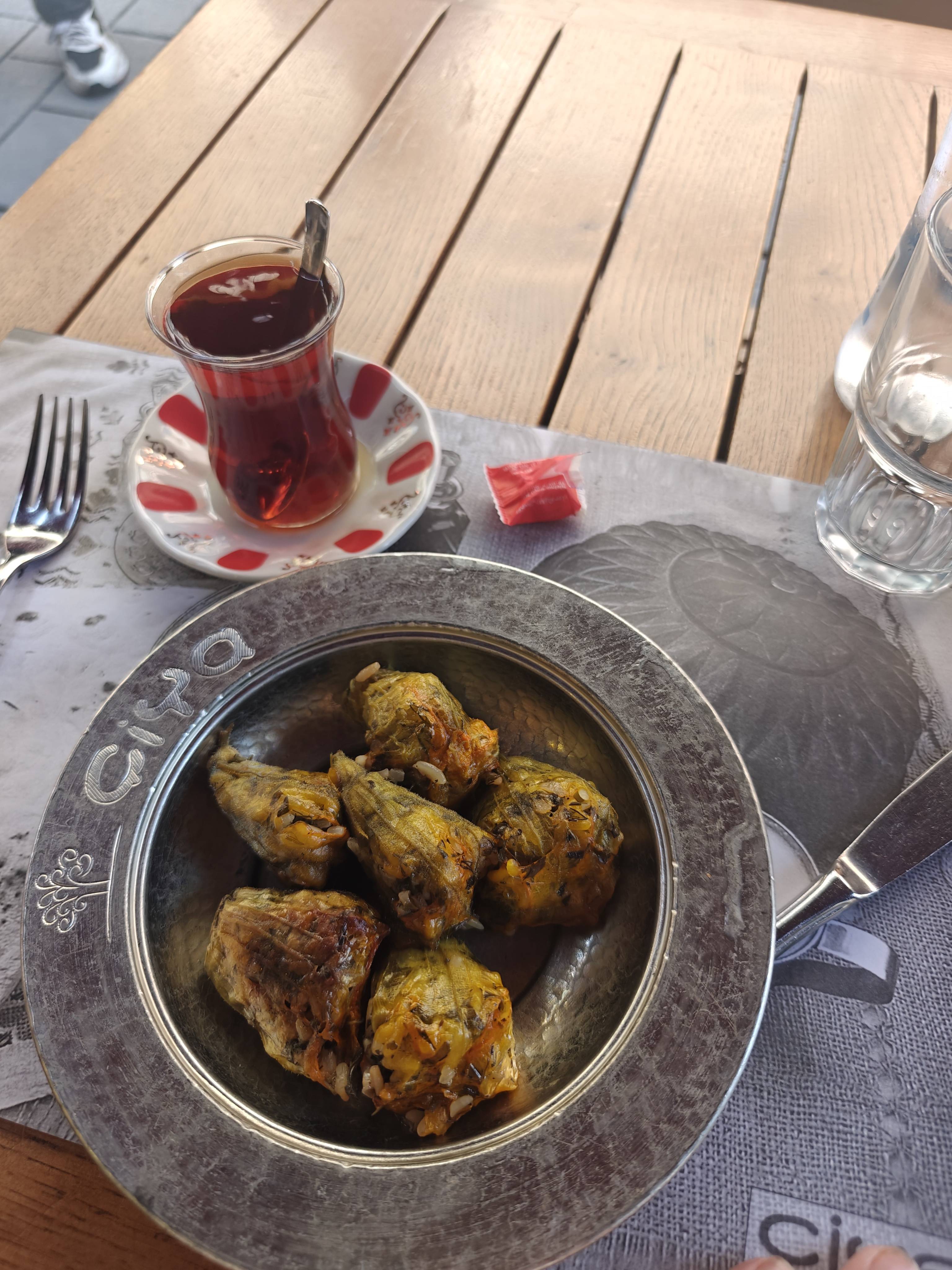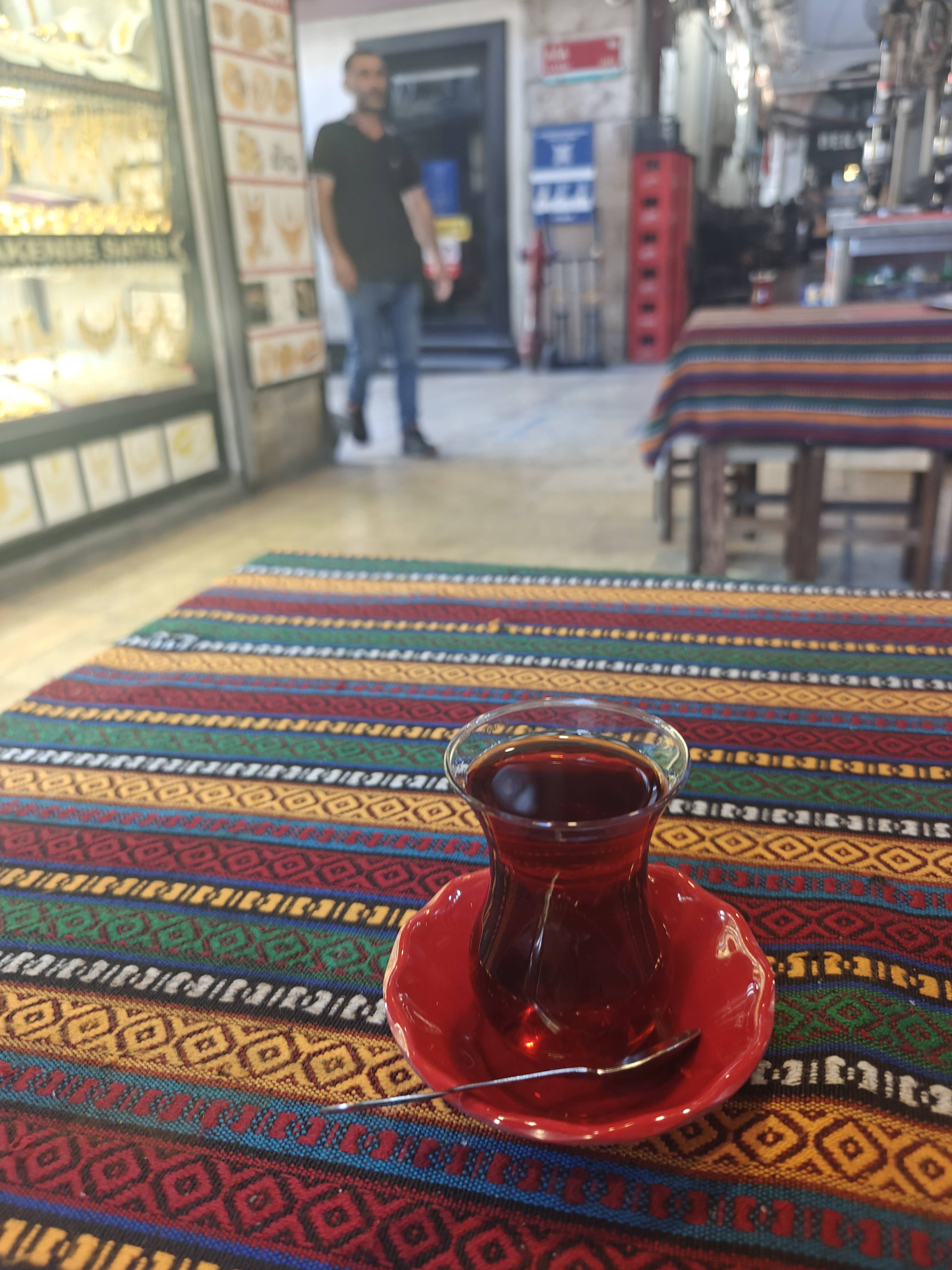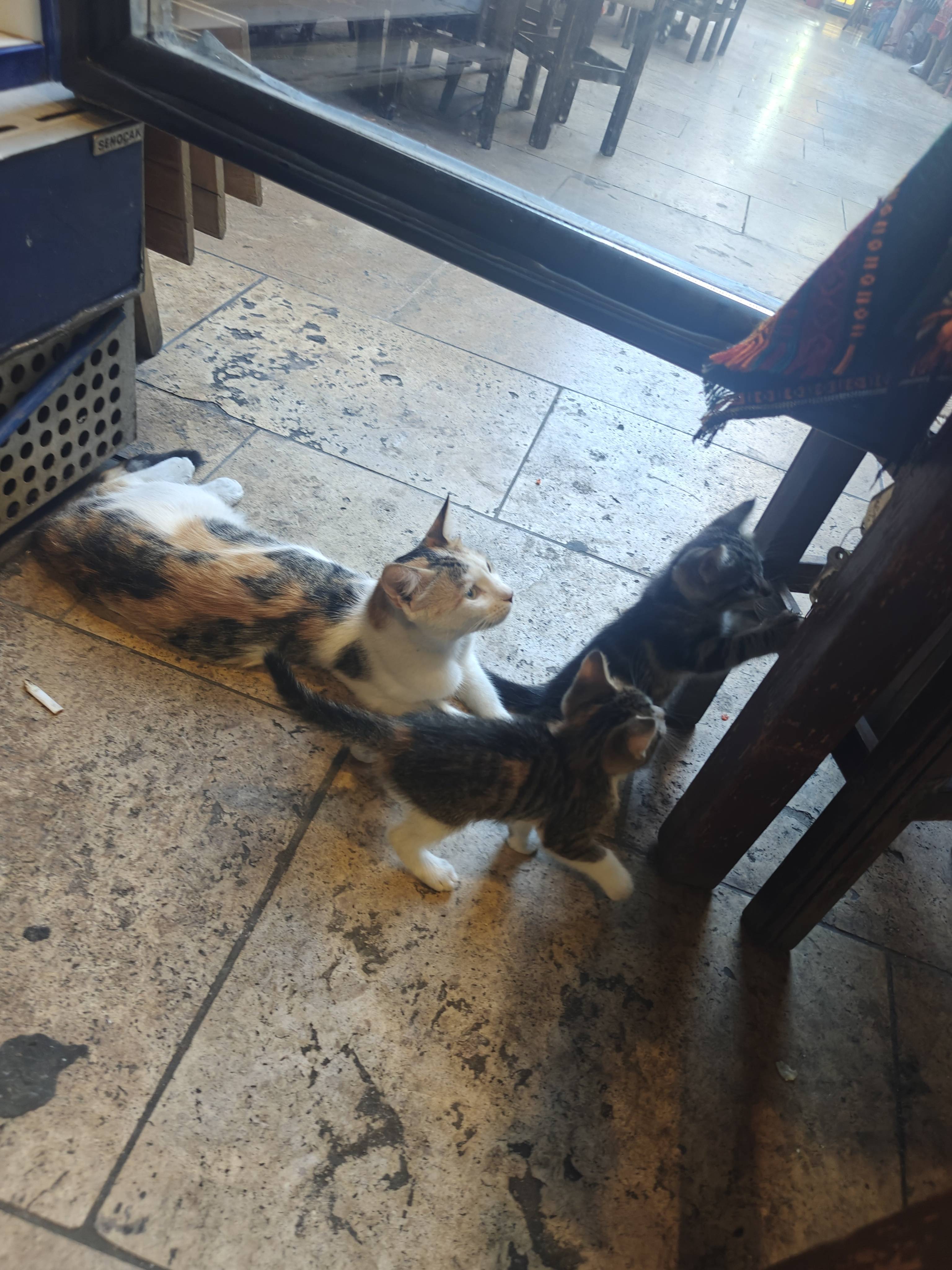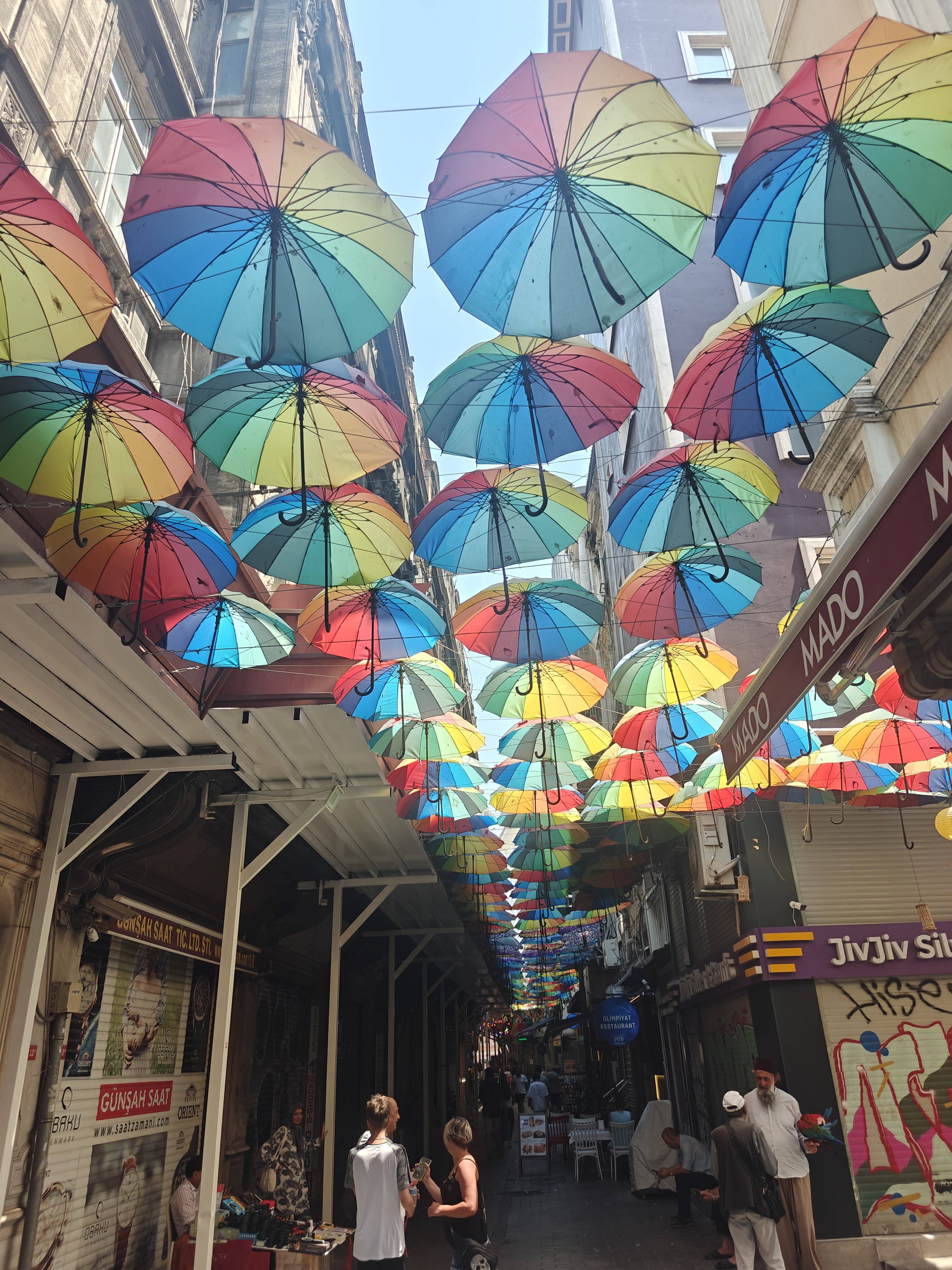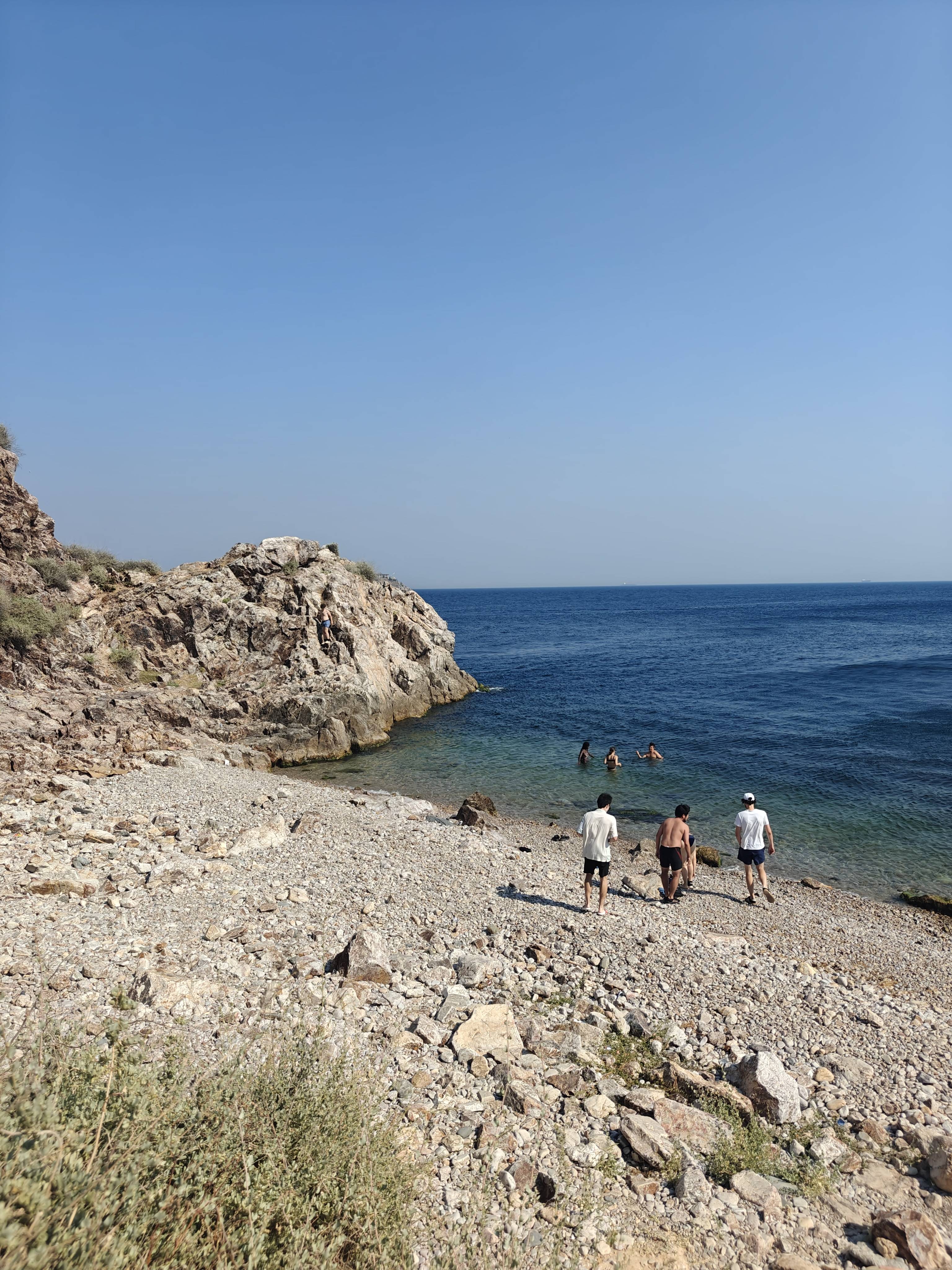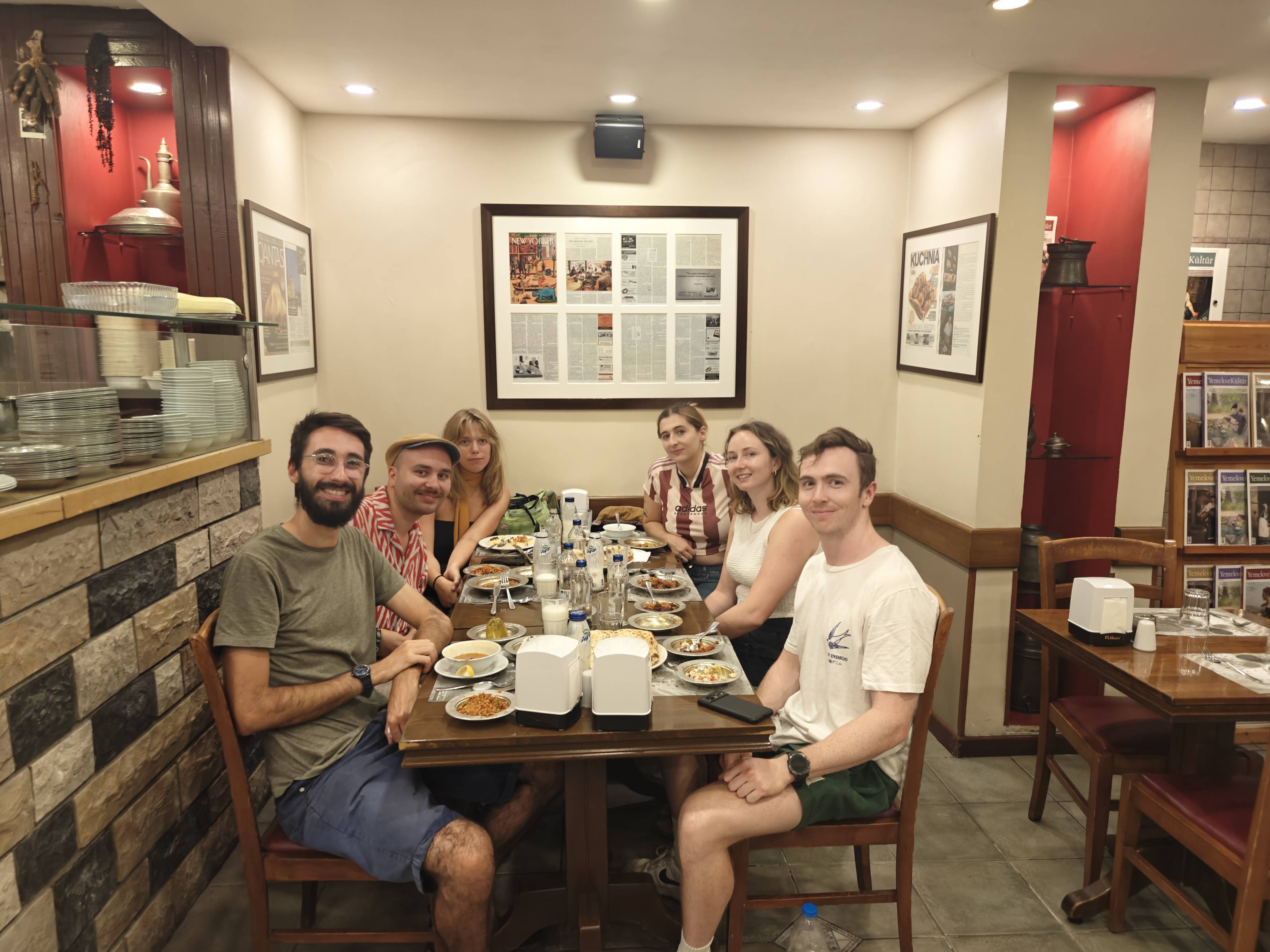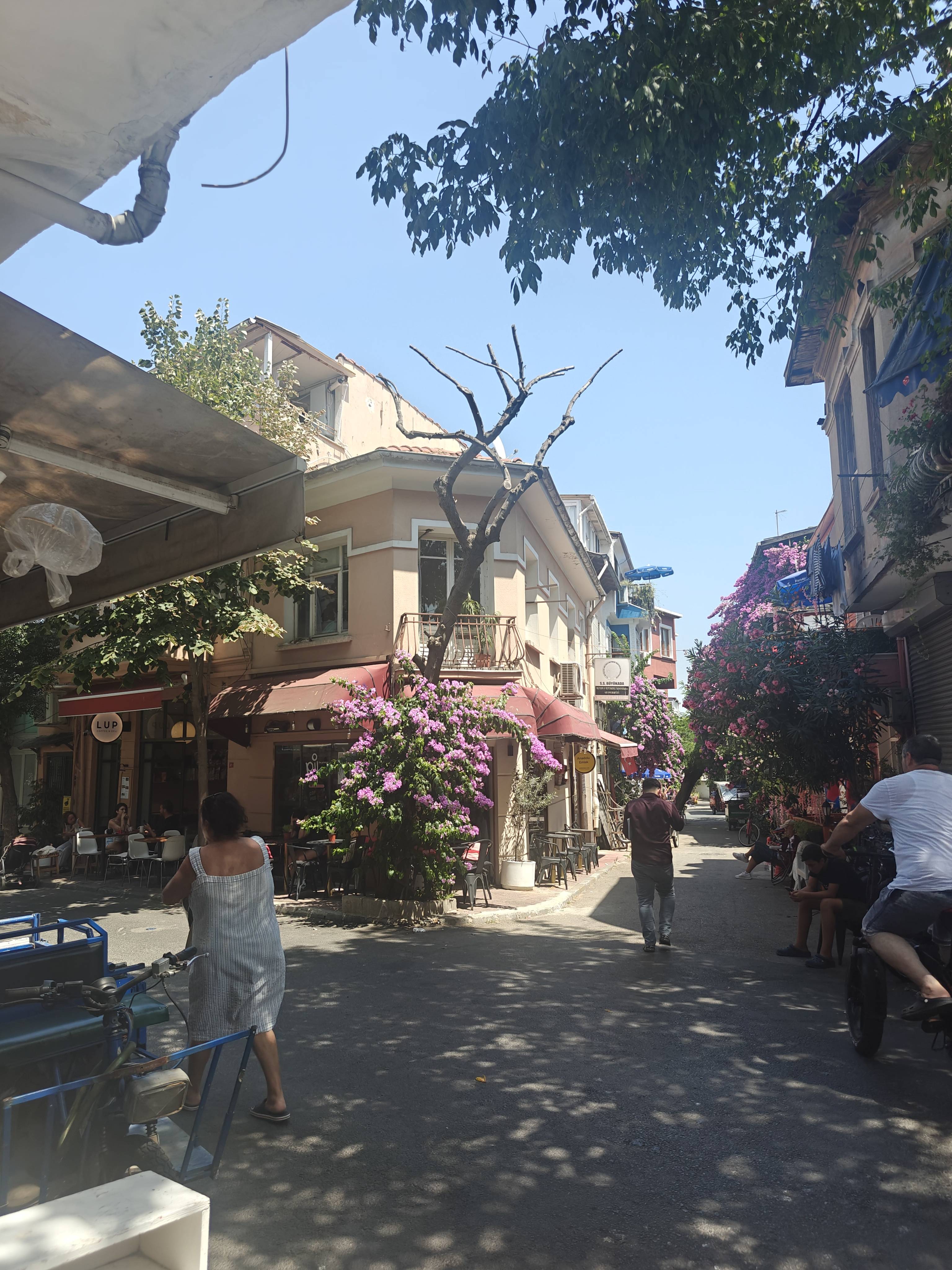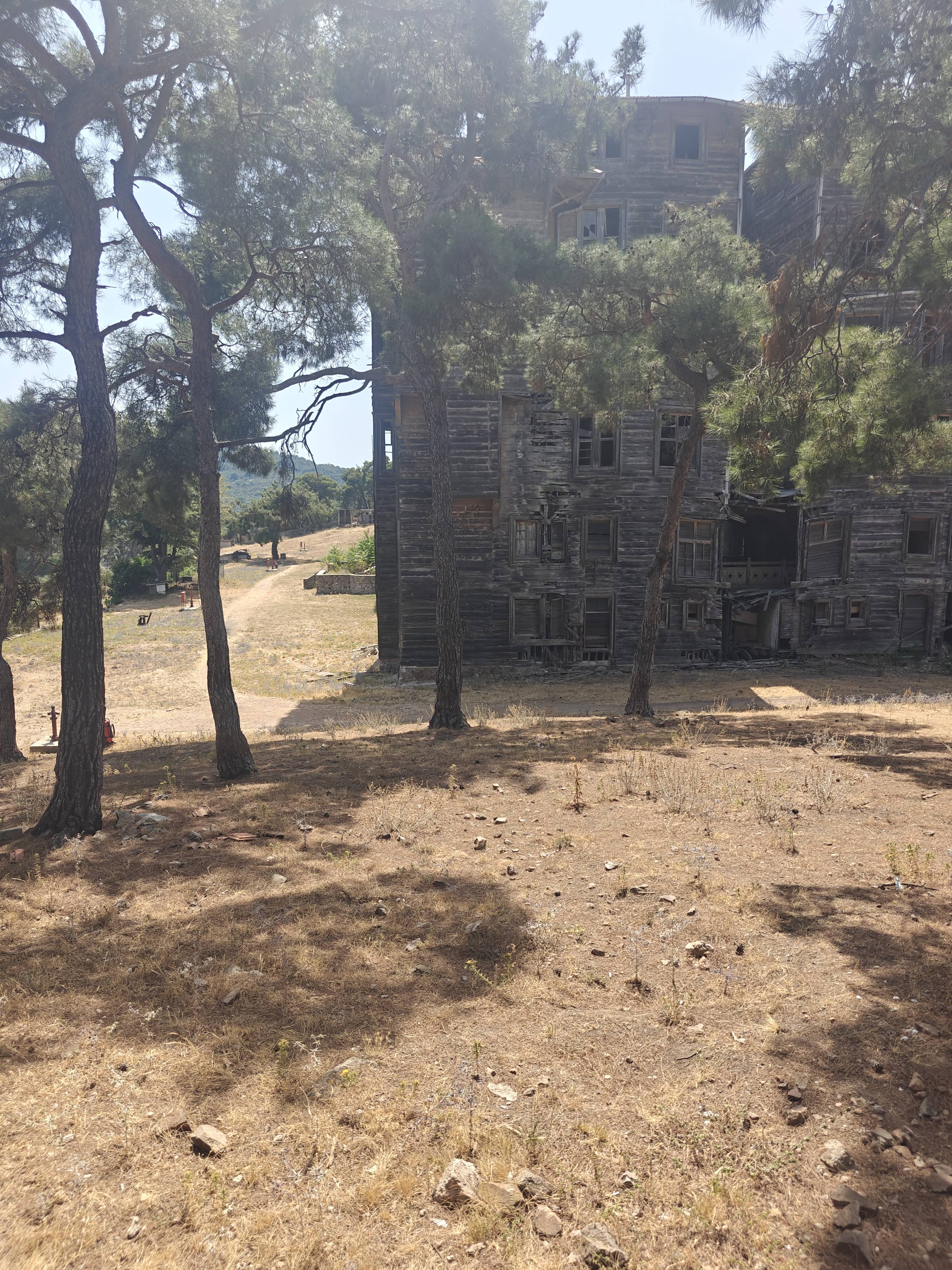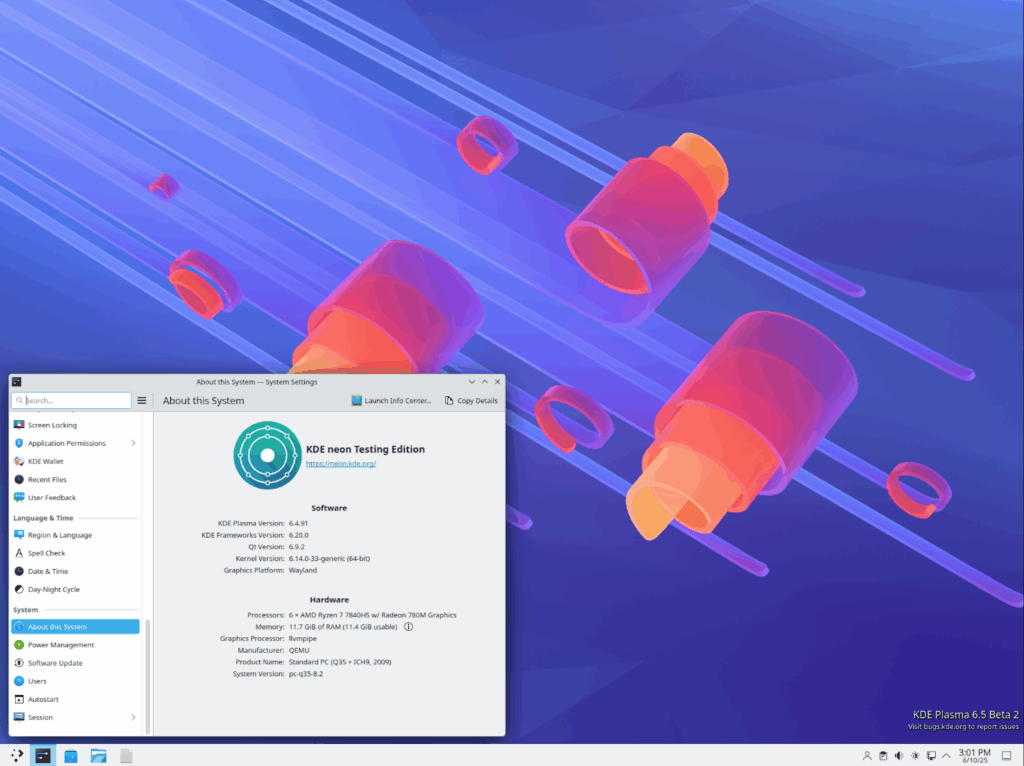Saturday, 11 October 2025
Welcome to a new issue of This Week in Plasma!
This week more work was poured into making Plasma 6.5 the best and most stable release ever. I know I write that a lot, but I feel like we get better at it every time, and this time it feels like that’s the case here too as well.
Our bug triaging team has basically finished getting through Plasma’s bug report backlog, allowing them and developers to focus on the known and fixable issues. And fix they did! This week there were just tons and tons of bug fixes. Among them were the #2 and #3 most common Plasma crashes, and we also identified the #1 most common crash as being caused by 3rd-party code.
This kind of concerted bug-fixing may not be the most glamorous work, but it makes a big difference to the overall quality of the product!
Notable UI Improvements
Plasma 6.5.0
You can now activate the Sleep, Shut Down, and Restart (etc.) buttons in Kickoff using the Enter key in addition to the spacebar. (Julius Zint, link)
Plasma 6.6.0
The Breeze icon theme now has reversed versions of the “Send” icon (which normally looks like a little paper plane flying to the right), and uses them in notifications when using a right-to-left language, like Arabic or Hebrew. (Farid Abdelnour and Nate Graham, link)
Improved the randomness of randomly-ordered wallpaper slideshows. (Sebastian Meyer, link)
Notable Bug Fixes
Plasma 6.4.6
Fixed an issue that could make KWin crash when trying to look at a device’s orientation sensor. (Xaver Hugl, link)
Fixed the current second most common Plasma crash, which could happen when using a Weather Report widget displaying information from the Environment Canada source. (Ismael Asensio, link)
Fixed a very annoying issue that made graphical vector content copied in apps like Inkscape and LibreOffice Draw get unnecessarily and destructively rasterized when pasting them. (Fushan Wen, link)
Fixed an issue that made screen colors not look quite right (or at least not as intended) when playing HDR videos. (Xaver Hugl, link)
Plasma 6.5.0
Fixed a case where KWin could crash when dragging files or folders from Dolphin. (Vlad Zahorodnii, link)
Fixed another case where KWin could crash. (Vlad Zahorodnii, link)
Fixed a case where Plasma could crash when you tried to create a new folder inside a sub-folder popup from a Folder View widget or a folder on the desktop. (Akseli Lahtinen, link)
Fixed a case where KDE’s XDG portal implementation could crash. (David Redondo, link)
Fixed an issue that made text copied to the clipboard in an XWayland-using app get lost when the window focus changed immediately afterwards. (Vlad Zahorodnii, link)
Fixed an issue that could make automatic screen rotation not work properly. (David Edmundson, link)
Fixed an issue that could make XWayland-using apps flicker a bit on some screens with some GPUs. (Xaver Hugl, link)
Fixed a weird issue in that could make the CPU and memory usage skyrocket after you used KRunner to search for certain specific things and then pressed the Page Up key. (Harald Sitter, link)
When you turn on automatic login and a message appears telling you to change your wallet to have en empty password so that it will automatically unlock, the button you can click to do so once again works. (David Edmundson, link)
Fixed a couple of labels that didn’t display localized text properly. (Nicolas Fella and Nate Graham, link 1 and link 2)
Fixed an issue that made desktop icons jump around when you moved a panel to an adjacent screen edge. (Akseli Lahtinen, link)
Fixed a funny issue that made newly-created panels inherit some of their initial sizing settings from the most-recently-created panel, rather than using the default settings. (Fabian Vogt, link)
Fixed an issue in System Monitor that made it impossible to re-select table columns after clearing the selection by clicking in the empty area below the table. (Arjen Hiemstra, link)
Frameworks 6.20
Fixed the current third most common Plasma crash, which could happen when changing themes. (Arjen Hiemstra, link)
Fixed an issue that made the external link icon look weird in GTK apps when using the Breeze icon theme (David Redondo, link)
Other bug information of note:
- 1 very high priority Plasma bug (same as last week). Current list of bugs
- 29 15-minute Plasma bugs (up from 28 last week). Current list of bugs
Notable in Performance & Technical
Plasma 6.4.5
Substantially reduced KWin’s CPU usage while playing full-screen video. (Someone amazing in KWin, link)
Plasma 6.5.0
Improved the speed with which Discover fetches Flatpak information while starting up, improving launch speed and responsiveness in many cases. (Aleix Pol Gonzalez, link)
Information about the size of the folder selection dialog is now stored in the state config file, not the settings config file. This helps keep the settings file from changing when transient states change, making it easier to version-control your config files. (Nicolas Fella, link)
How You Can Help
KDE has become important in the world, and your time and contributions have helped us get there. As we grow, we need your support to keep KDE sustainable.
You can help KDE by becoming an active community member and getting involved somehow. Each contributor makes a huge difference in KDE — you are not a number or a cog in a machine! You don’t have to be a programmer, either; many other opportunities exist, too.
You can also help us by making a donation! A monetary contribution of any size will help us cover operational costs, salaries, travel expenses for contributors, and in general just keep KDE bringing Free Software to the world.
To get a new Plasma feature or a bugfix mentioned here, feel free to push a commit to the relevant merge request on invent.kde.org.

 ngraham
ngraham












 .
. @srisharan_v_s:matrix.org
@srisharan_v_s:matrix.org



